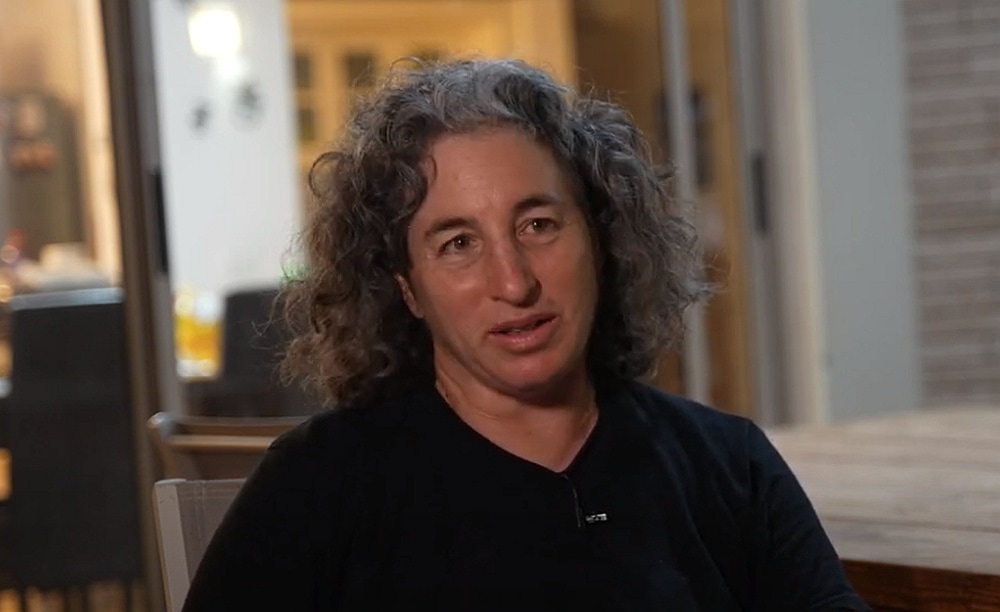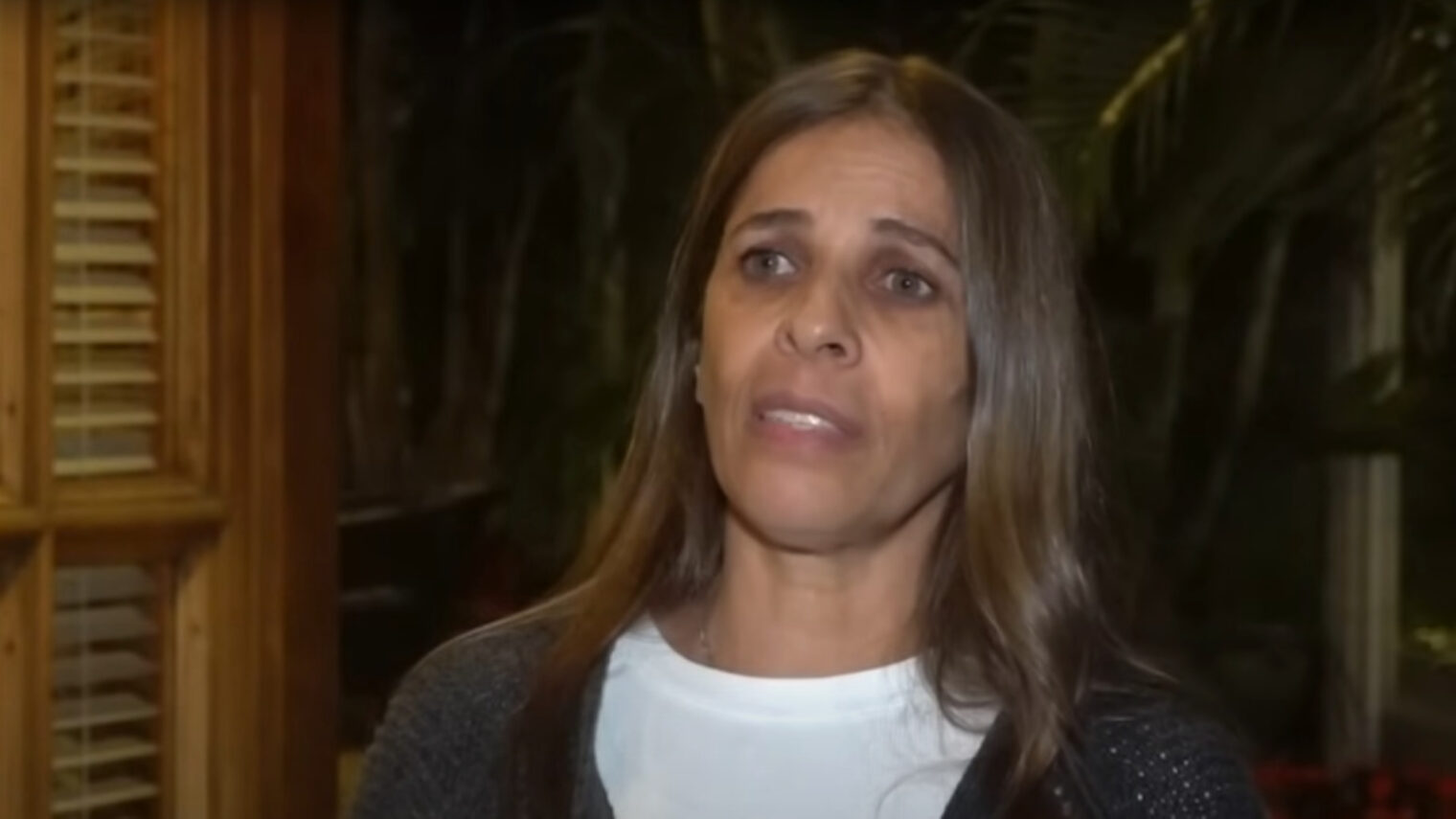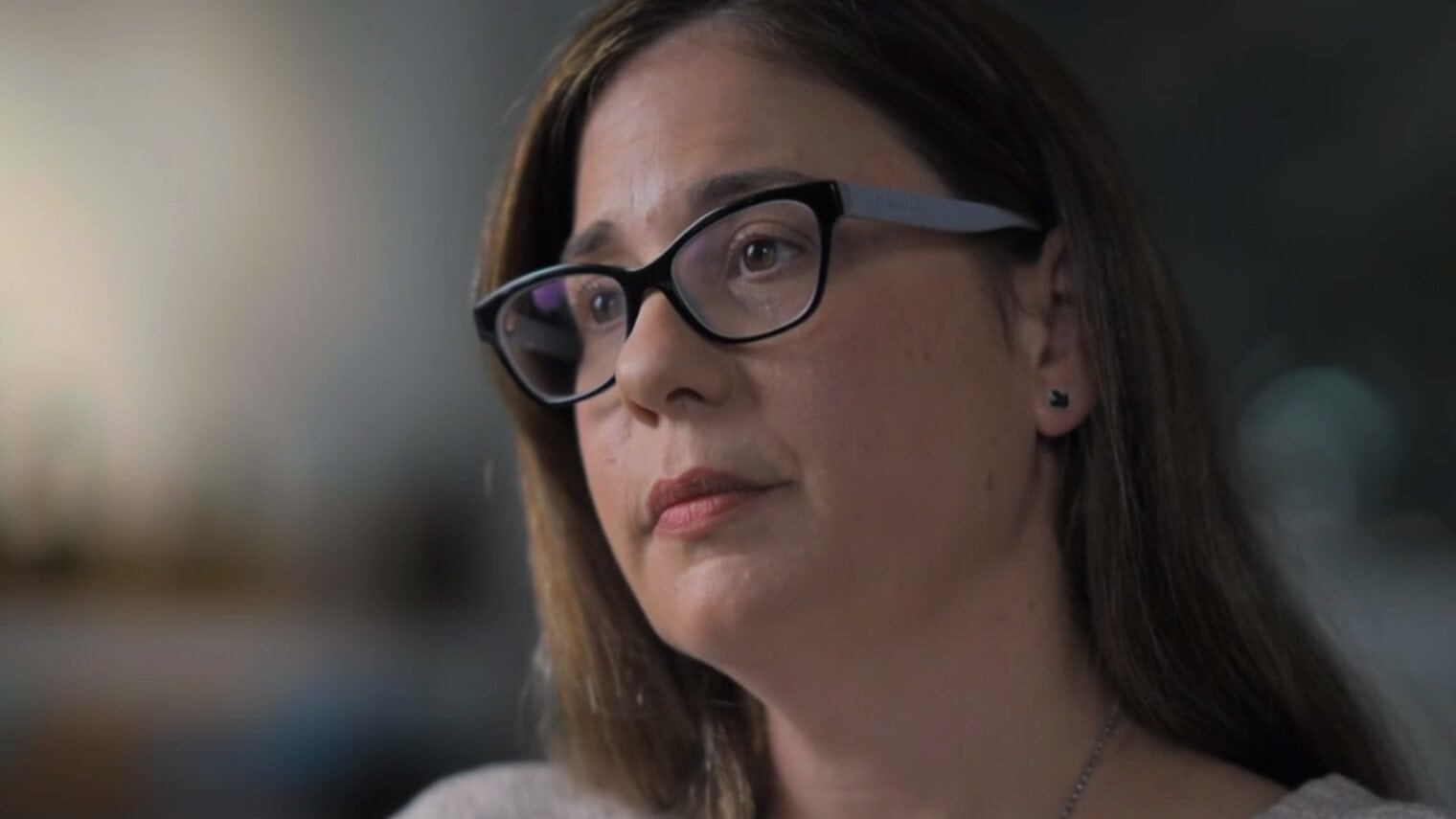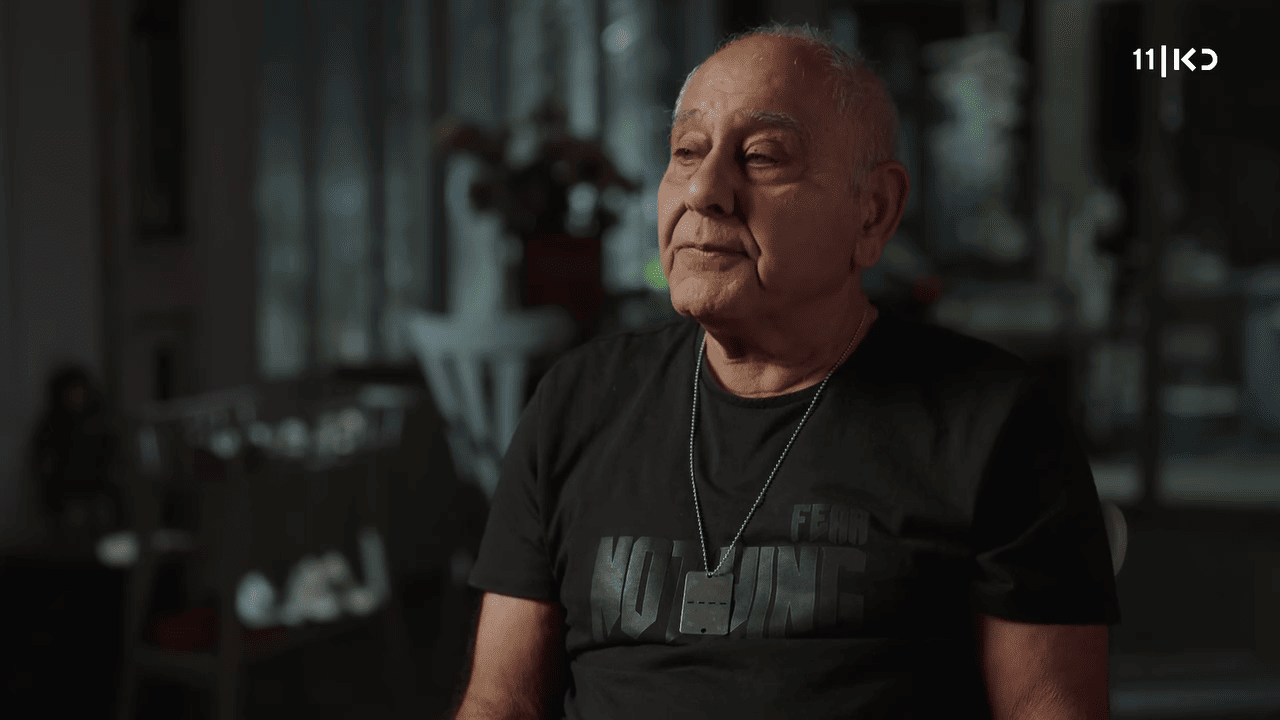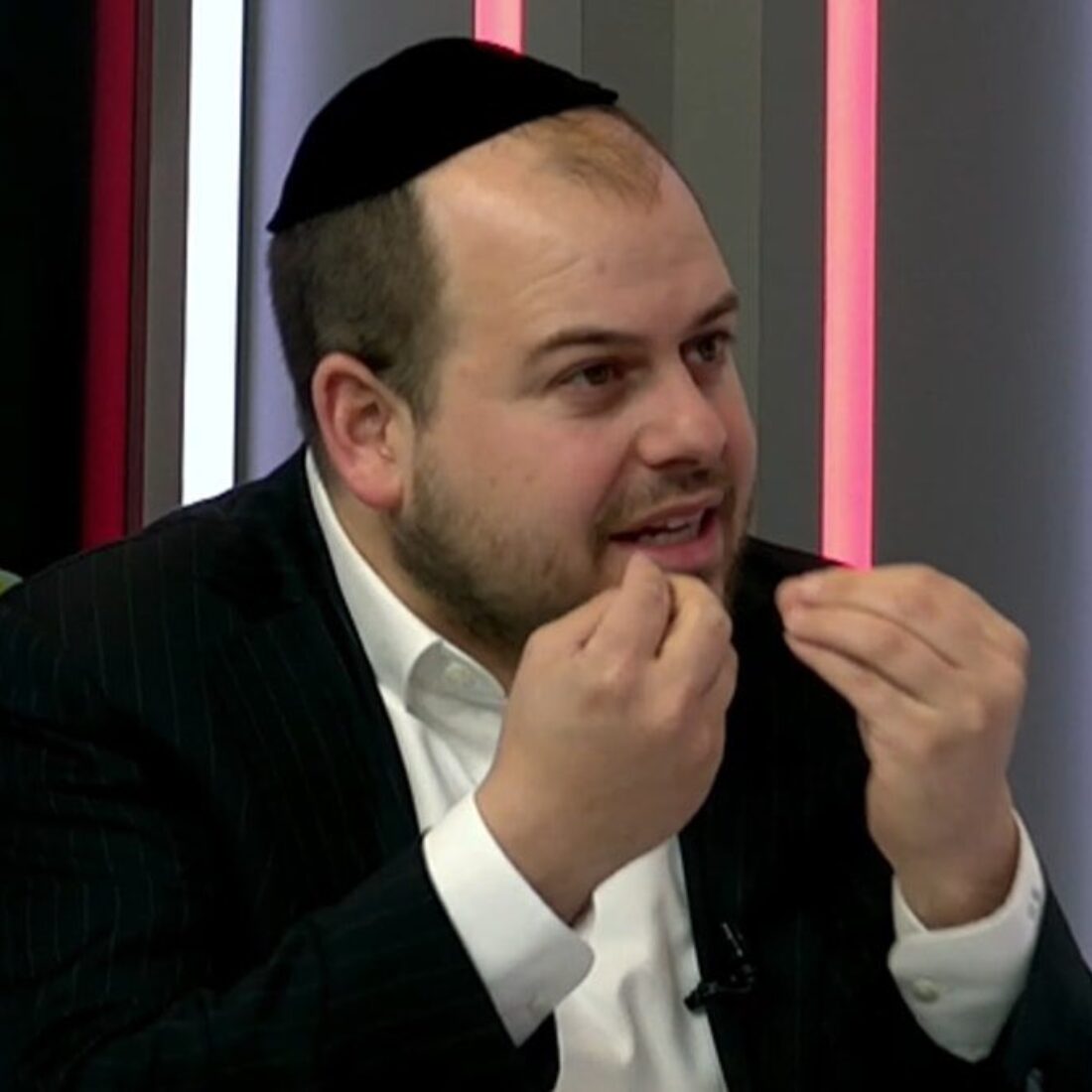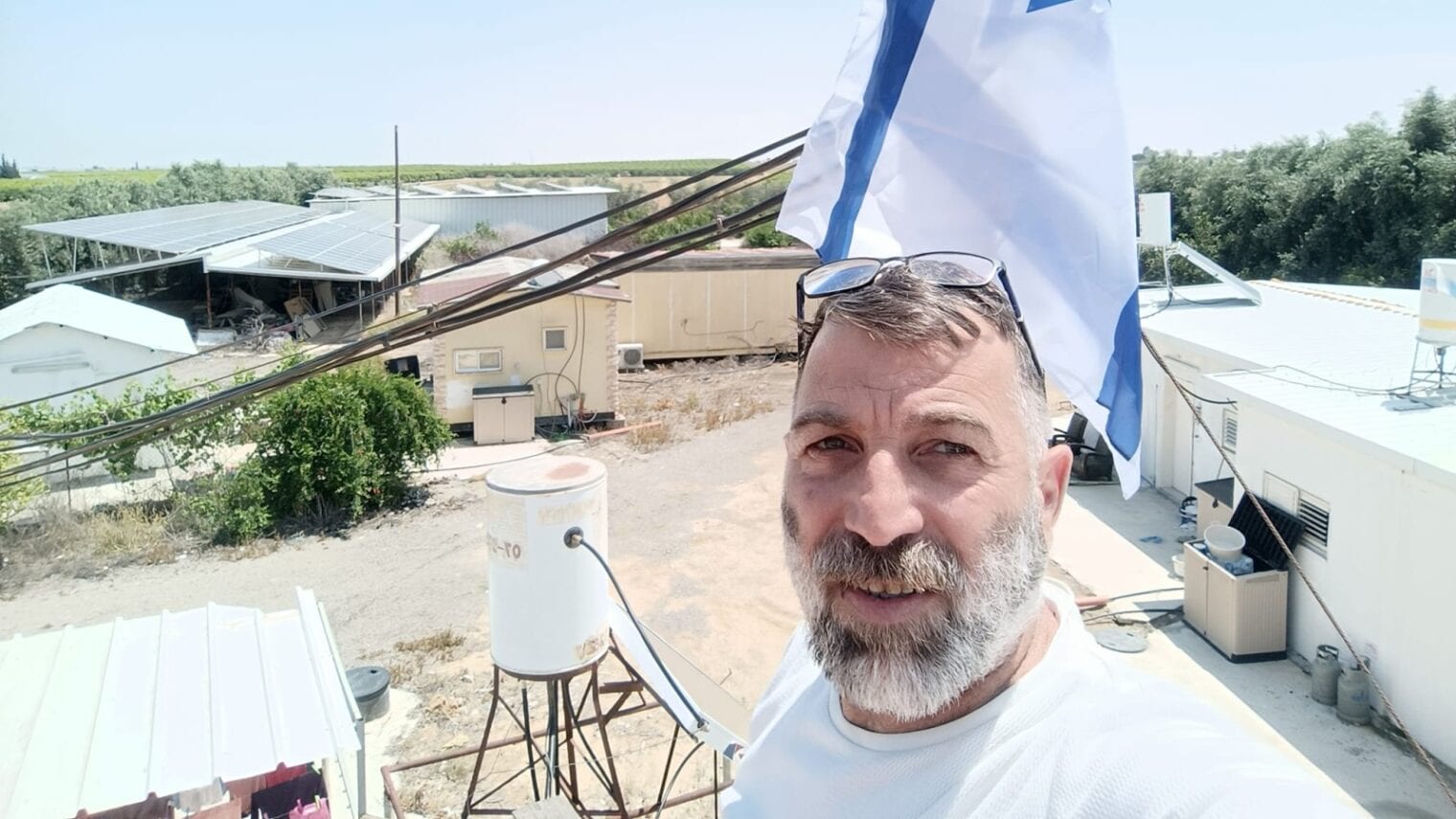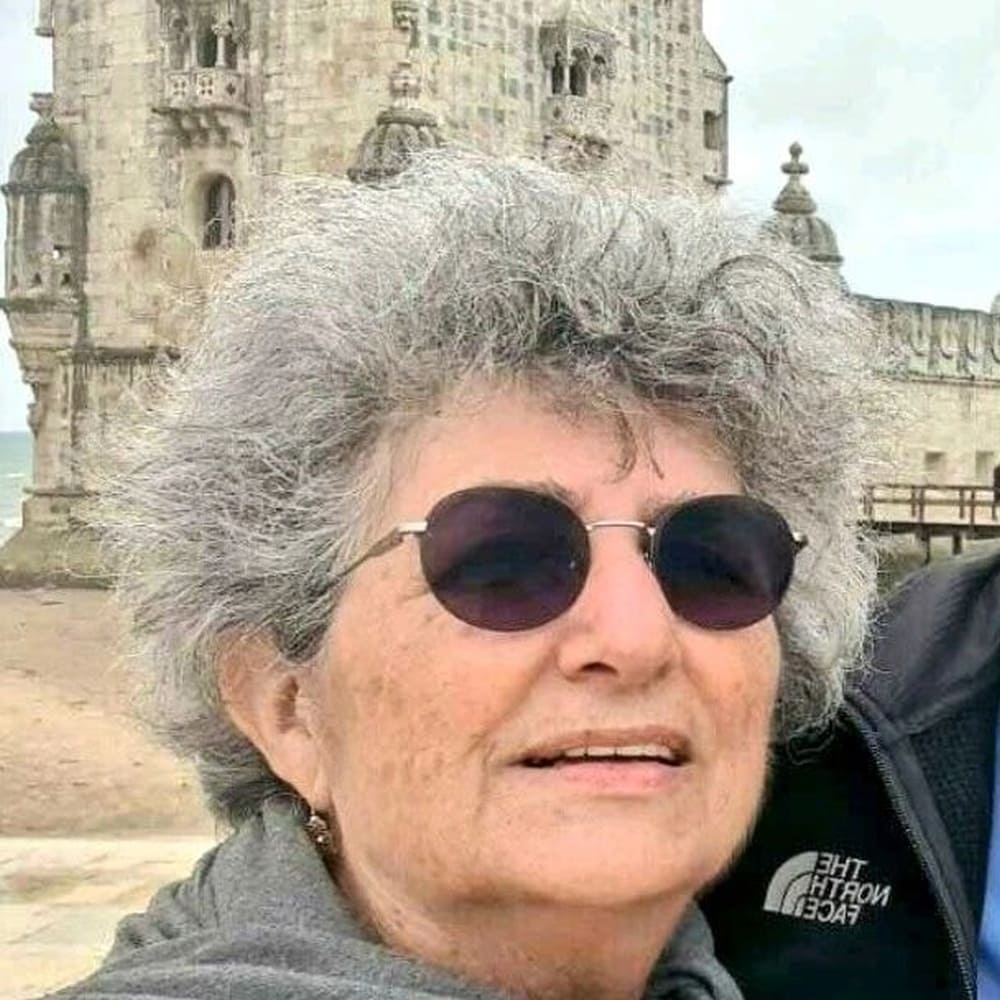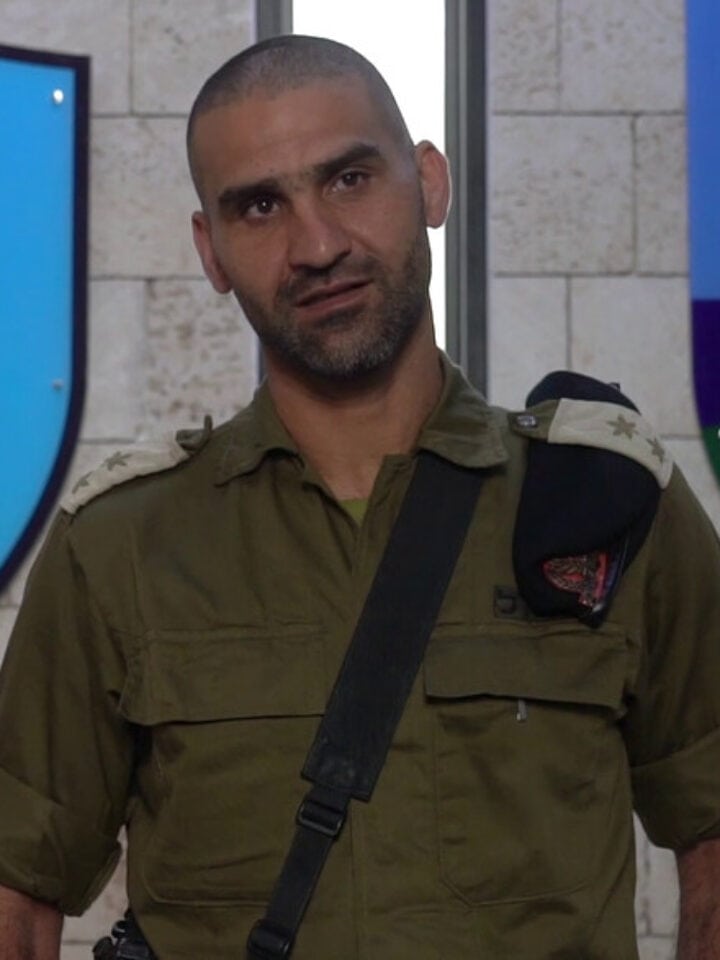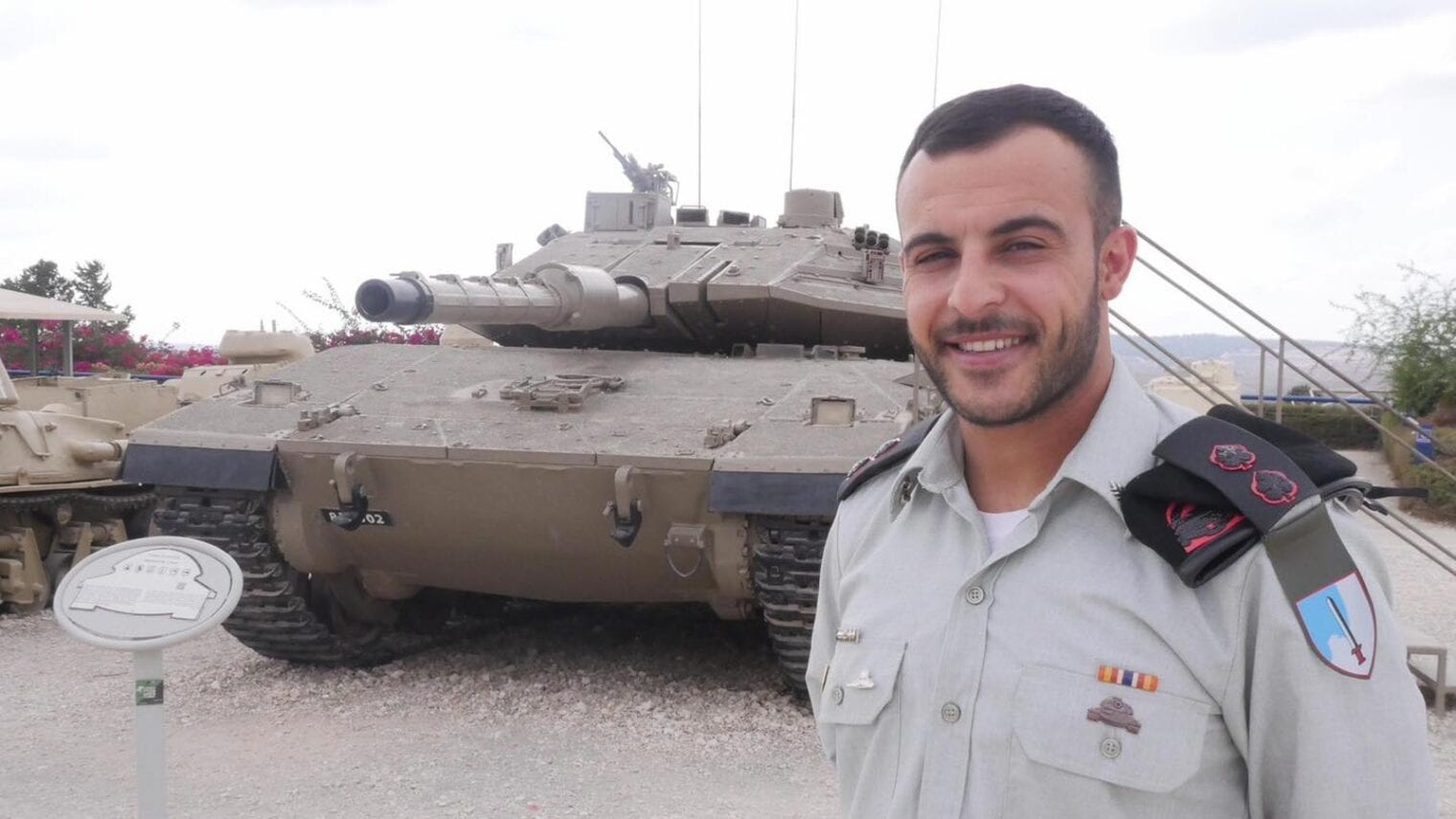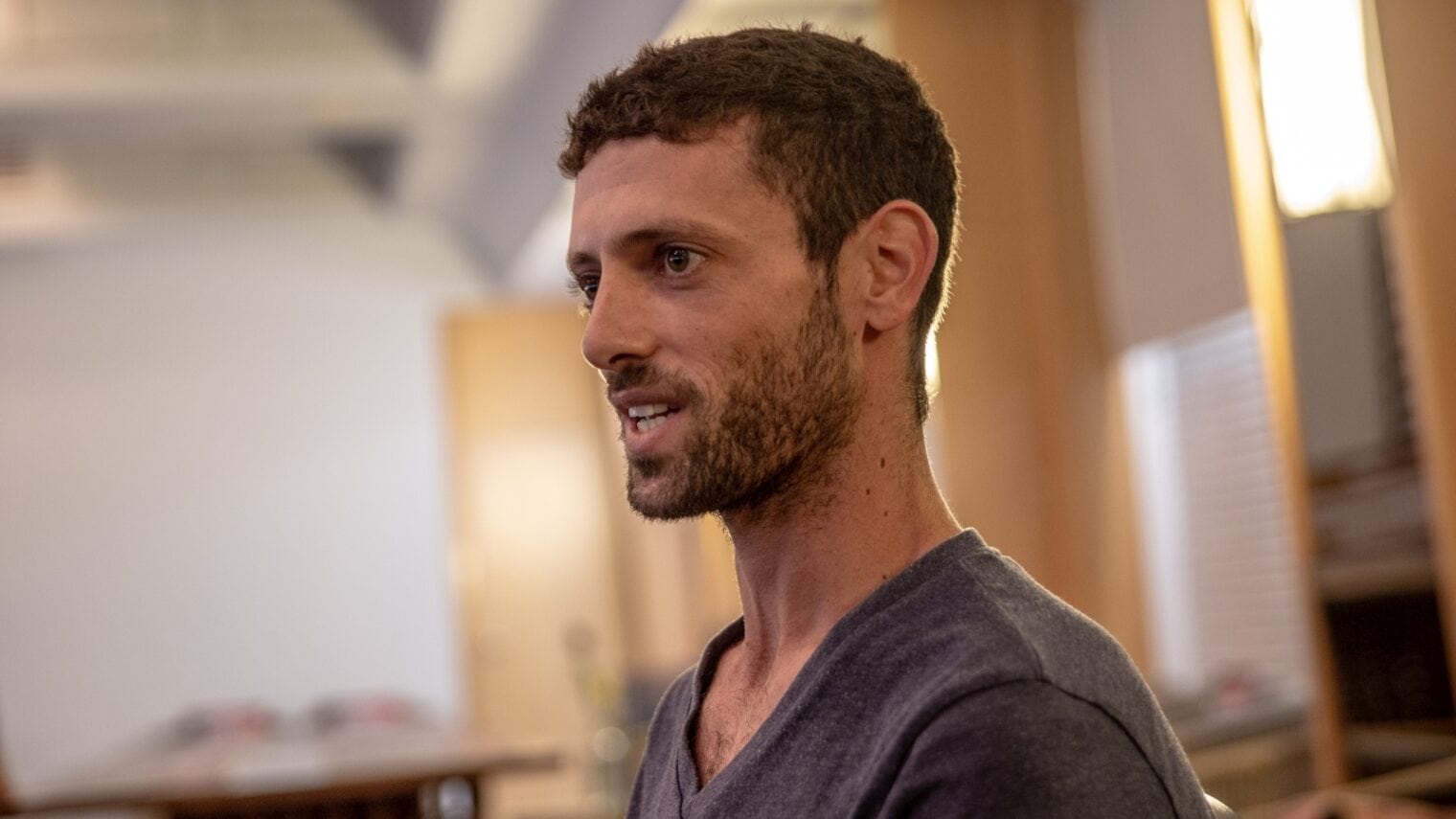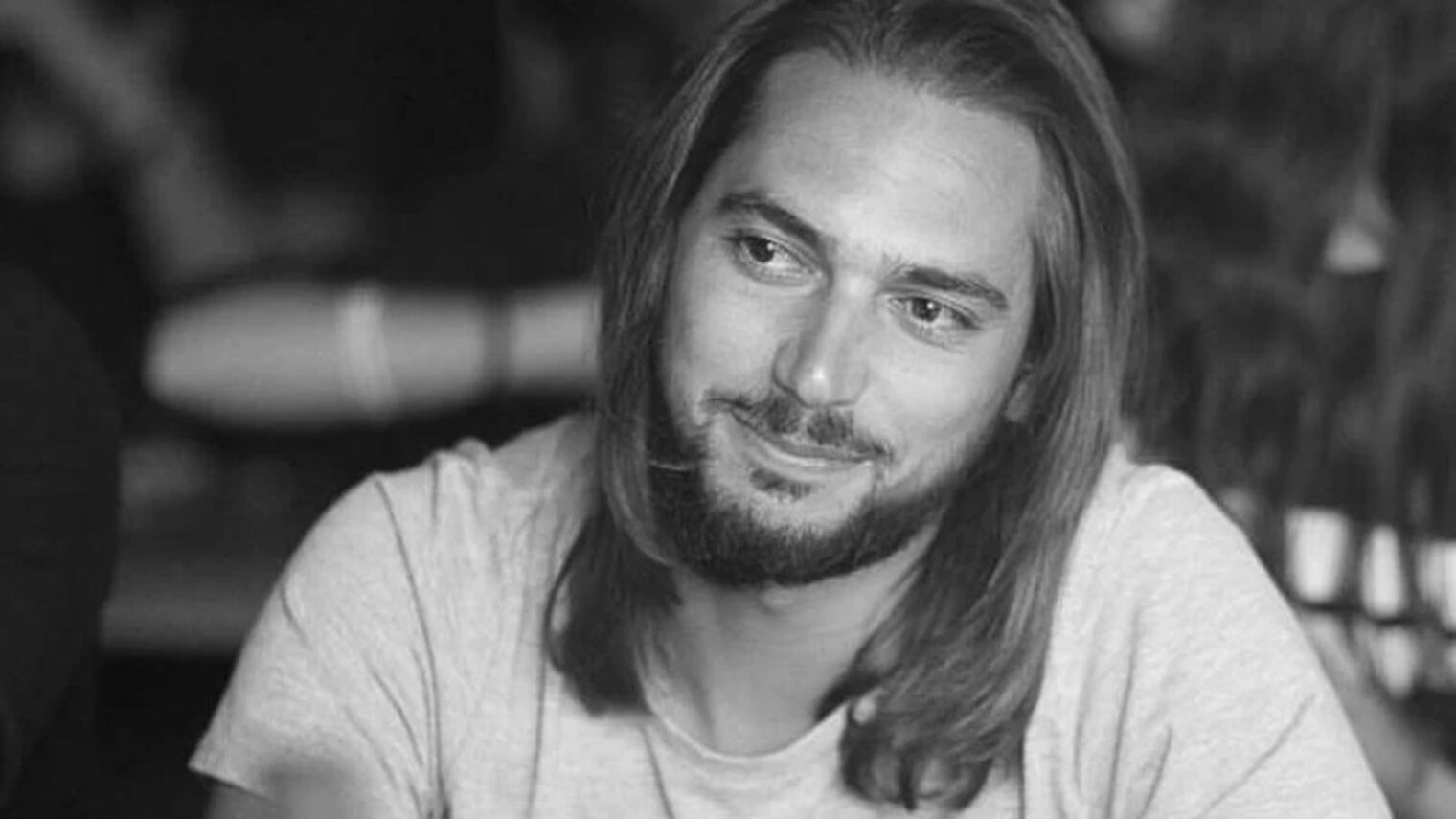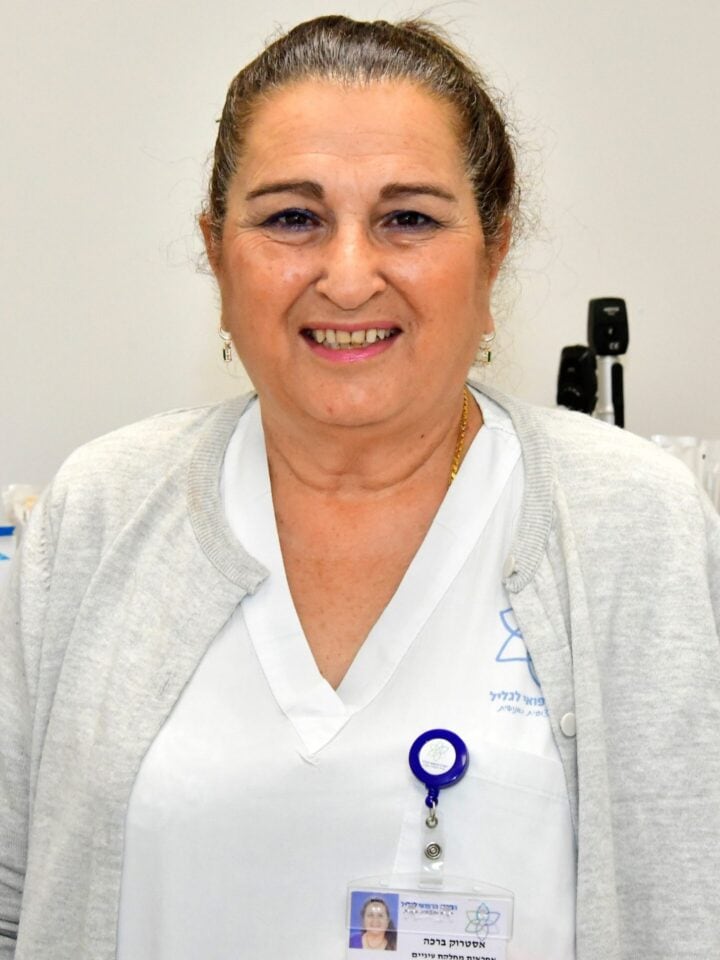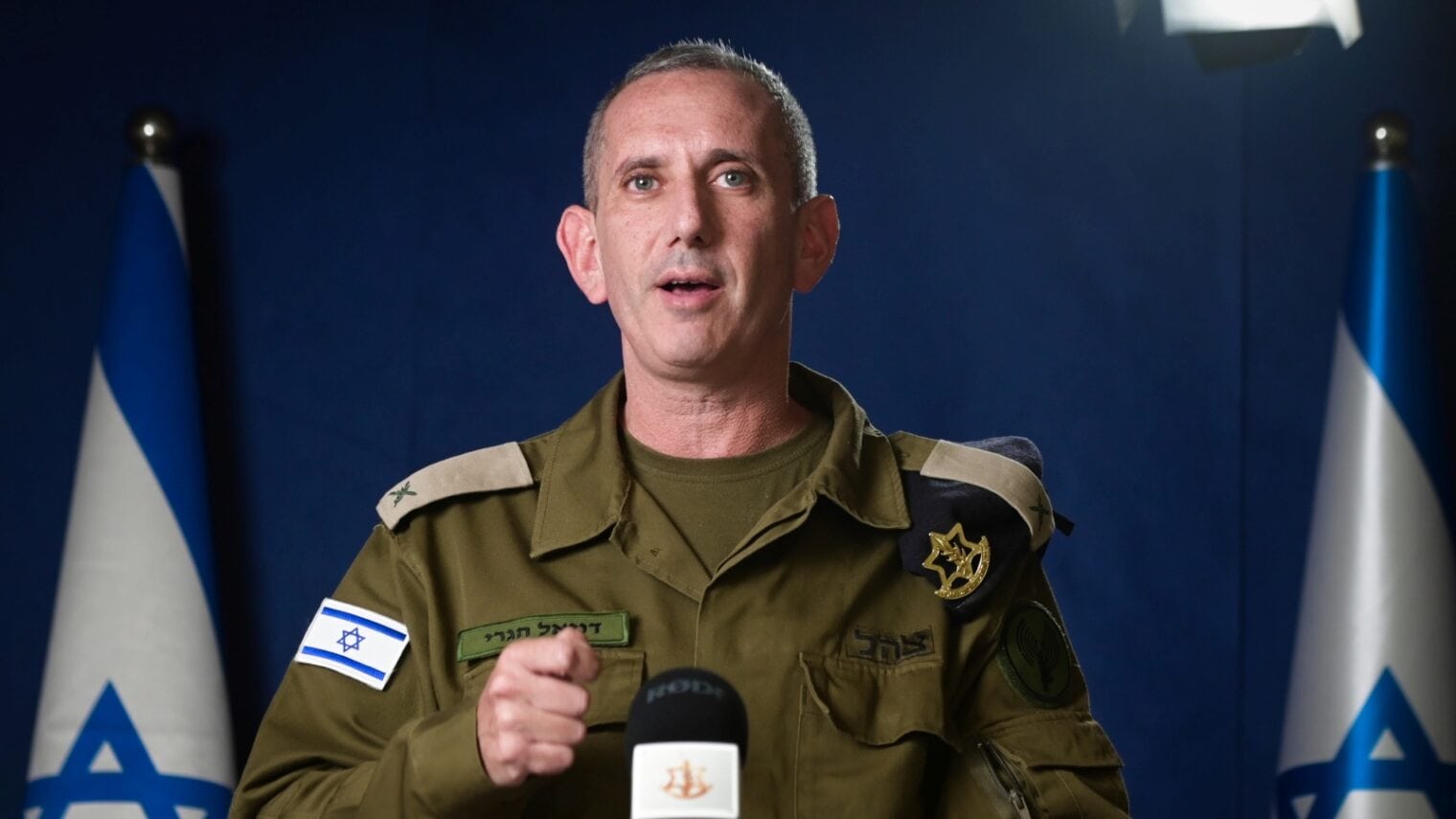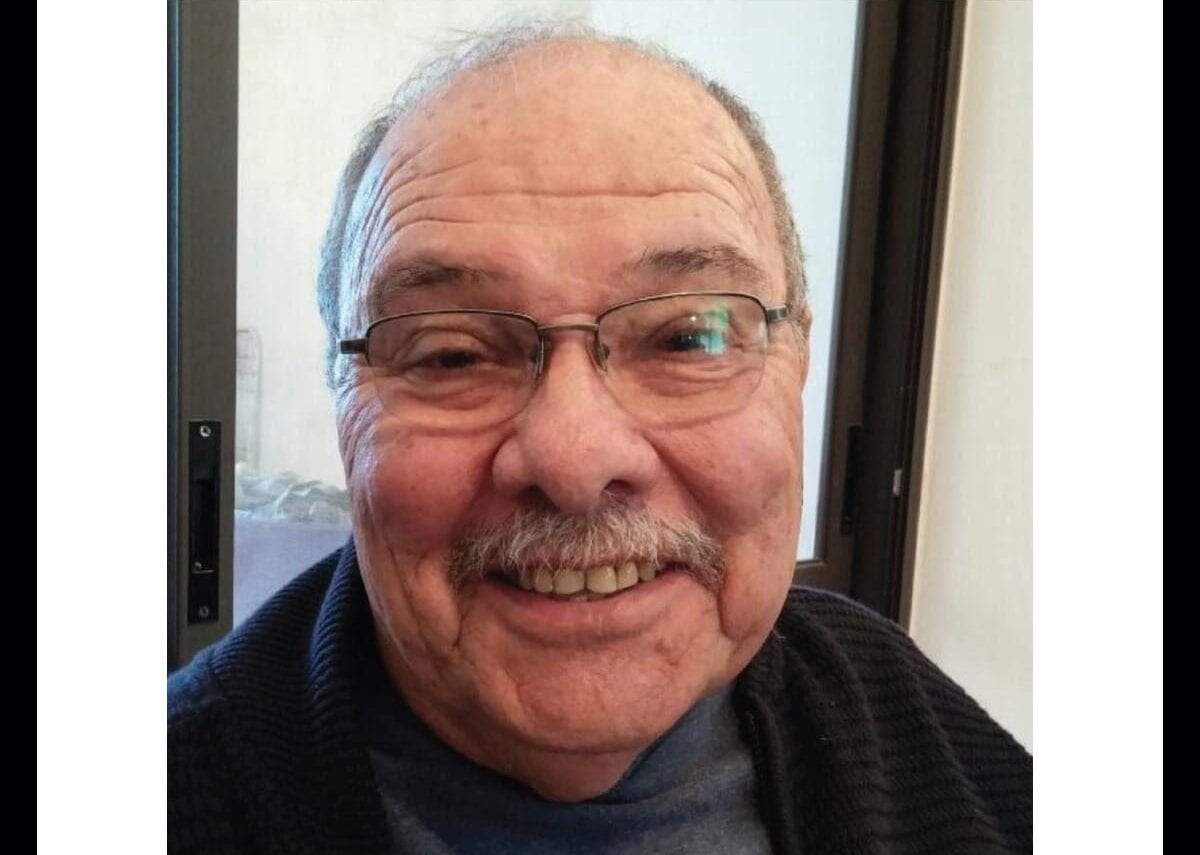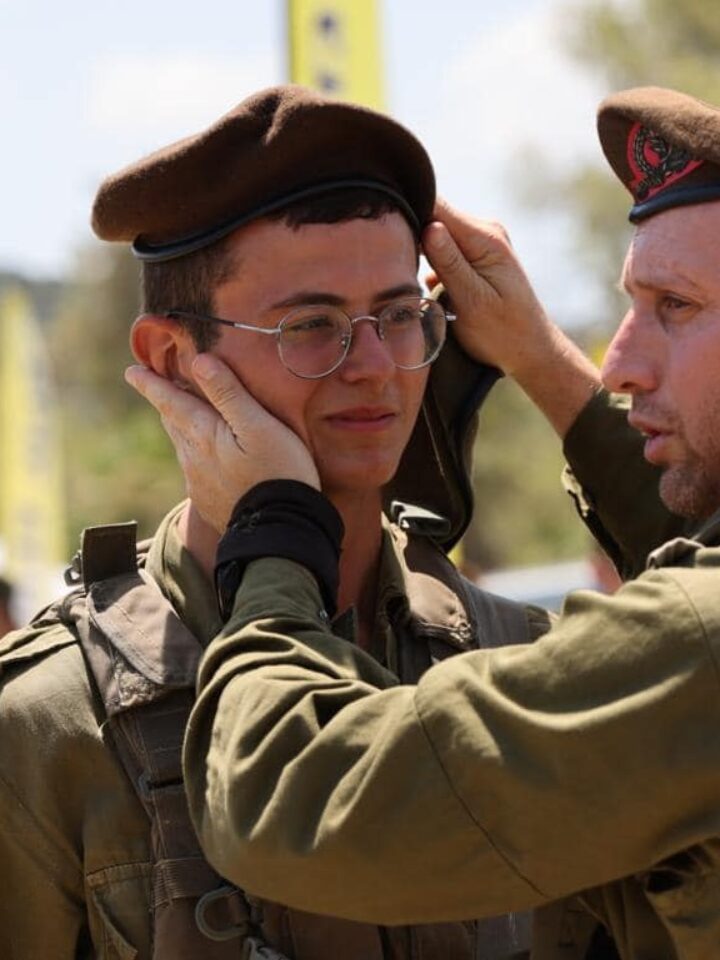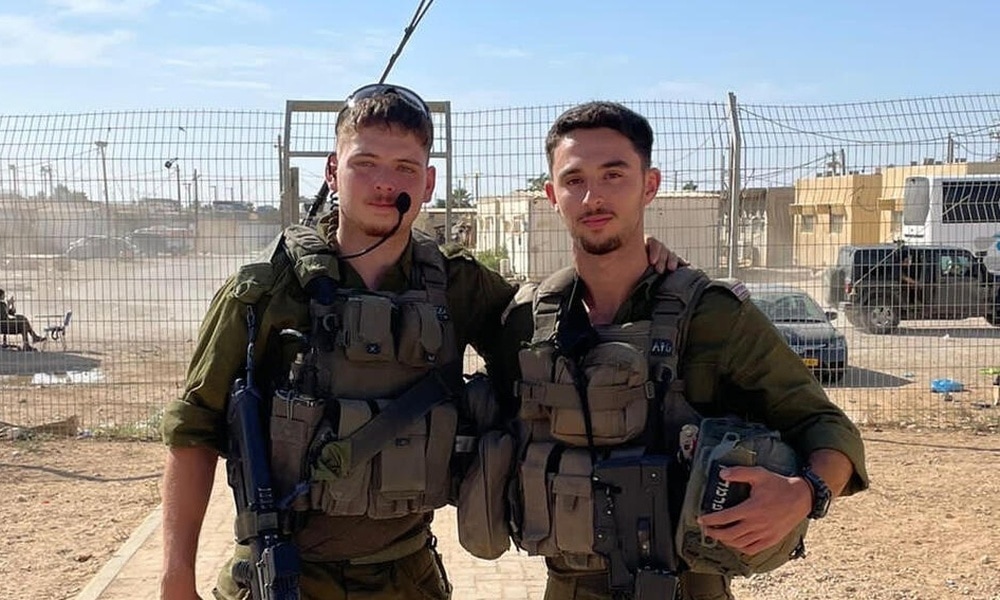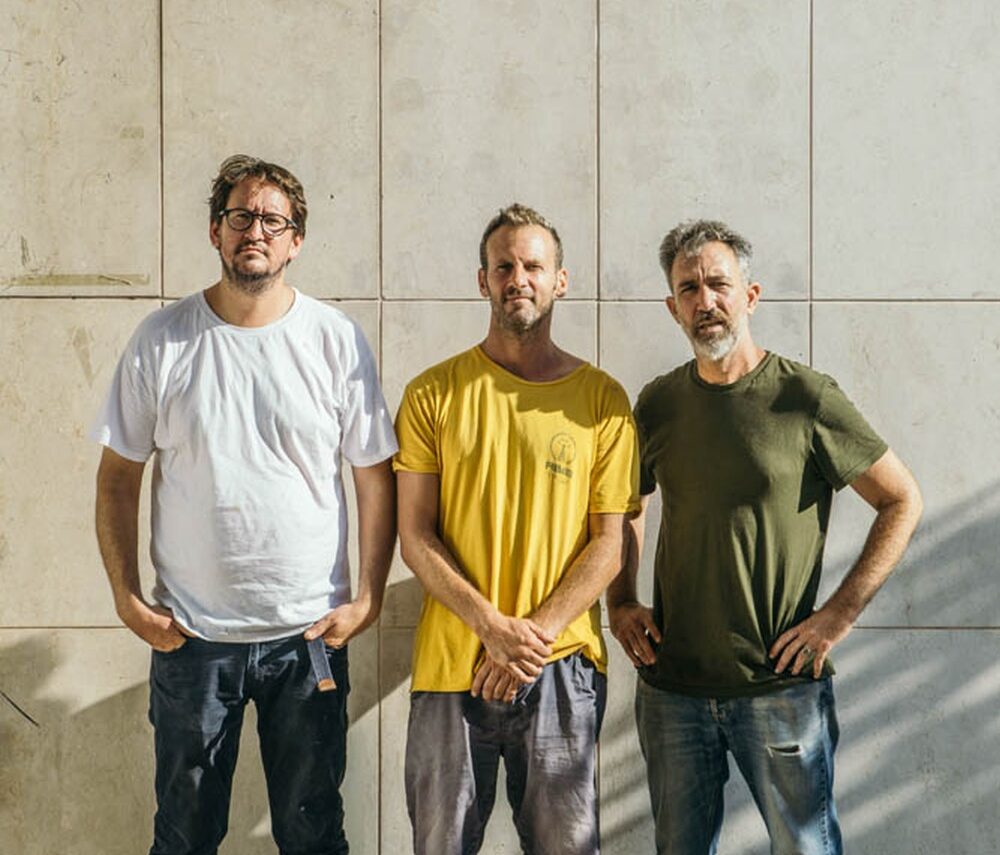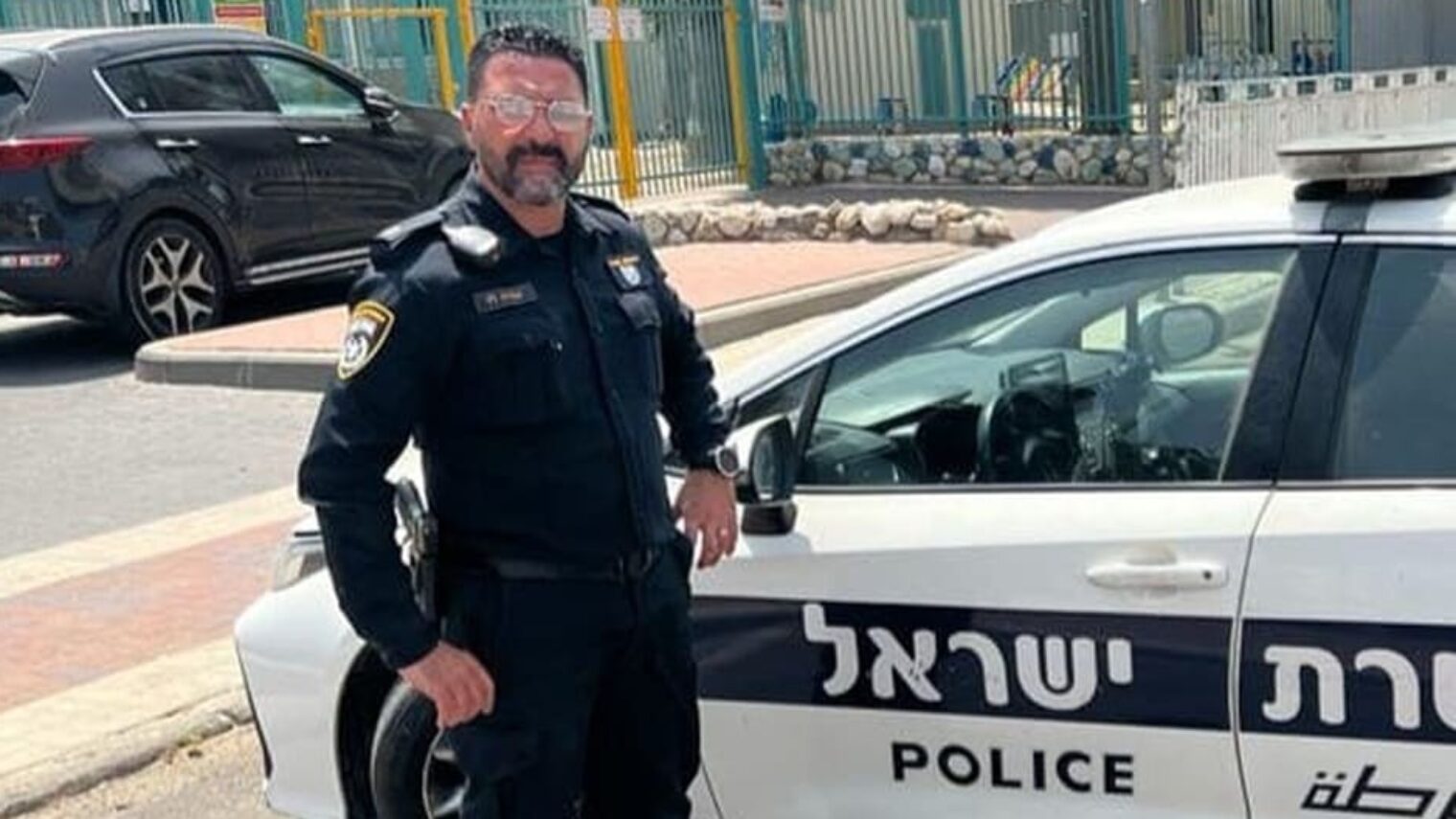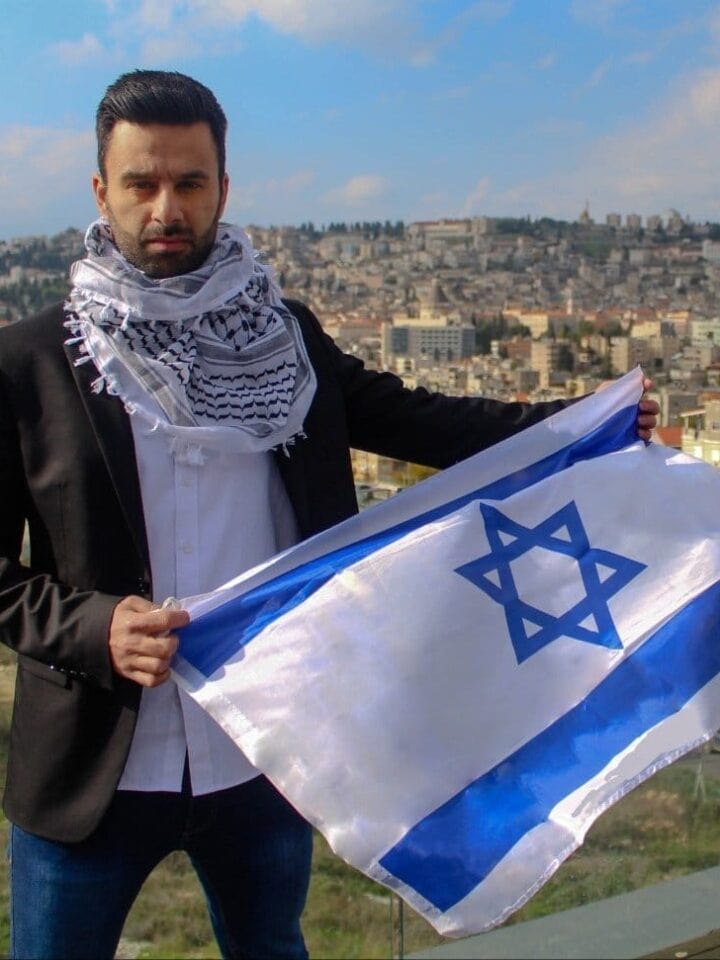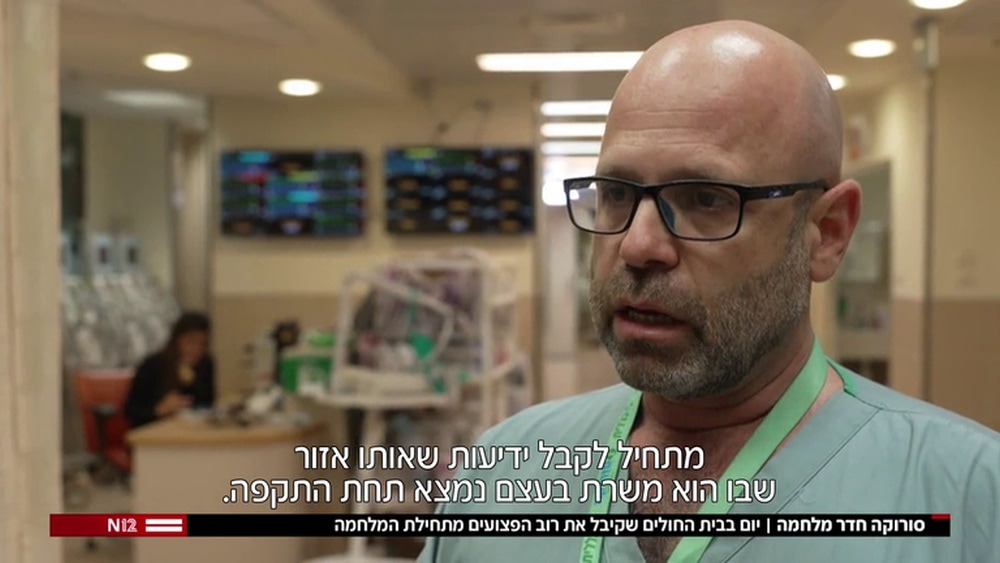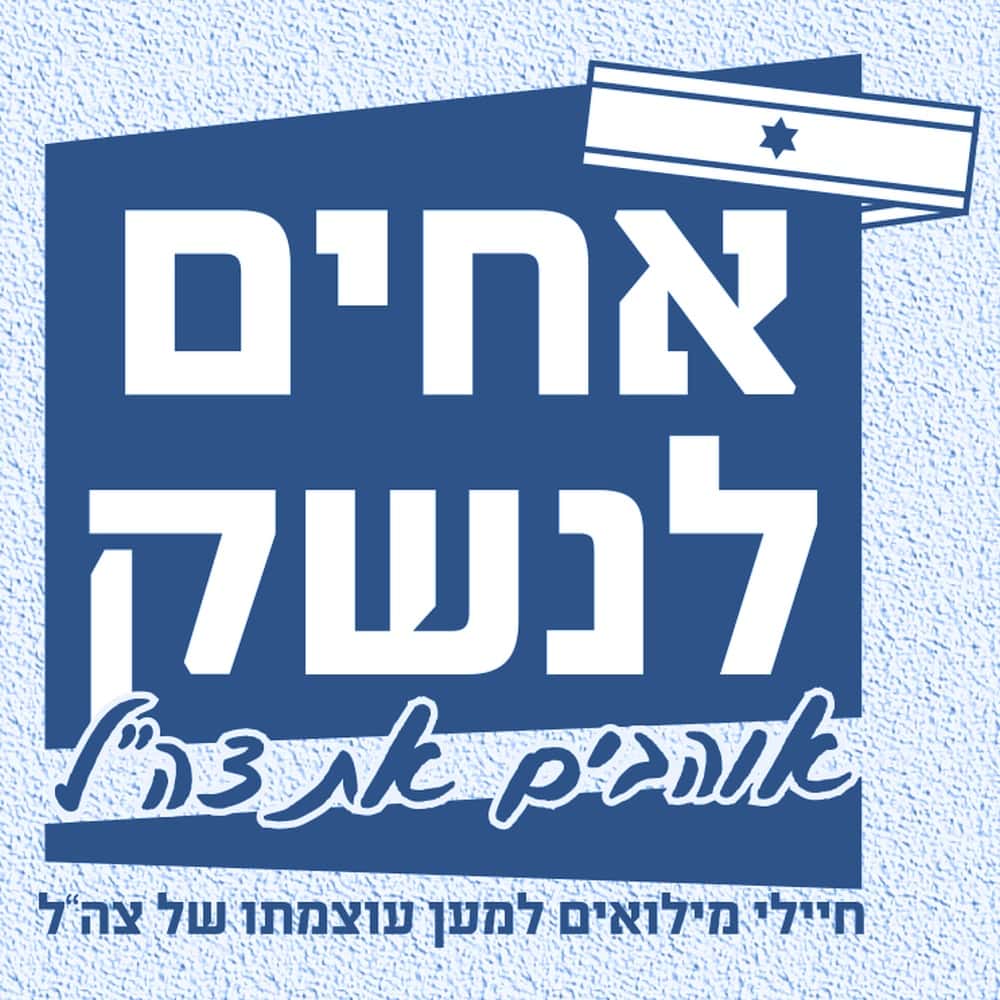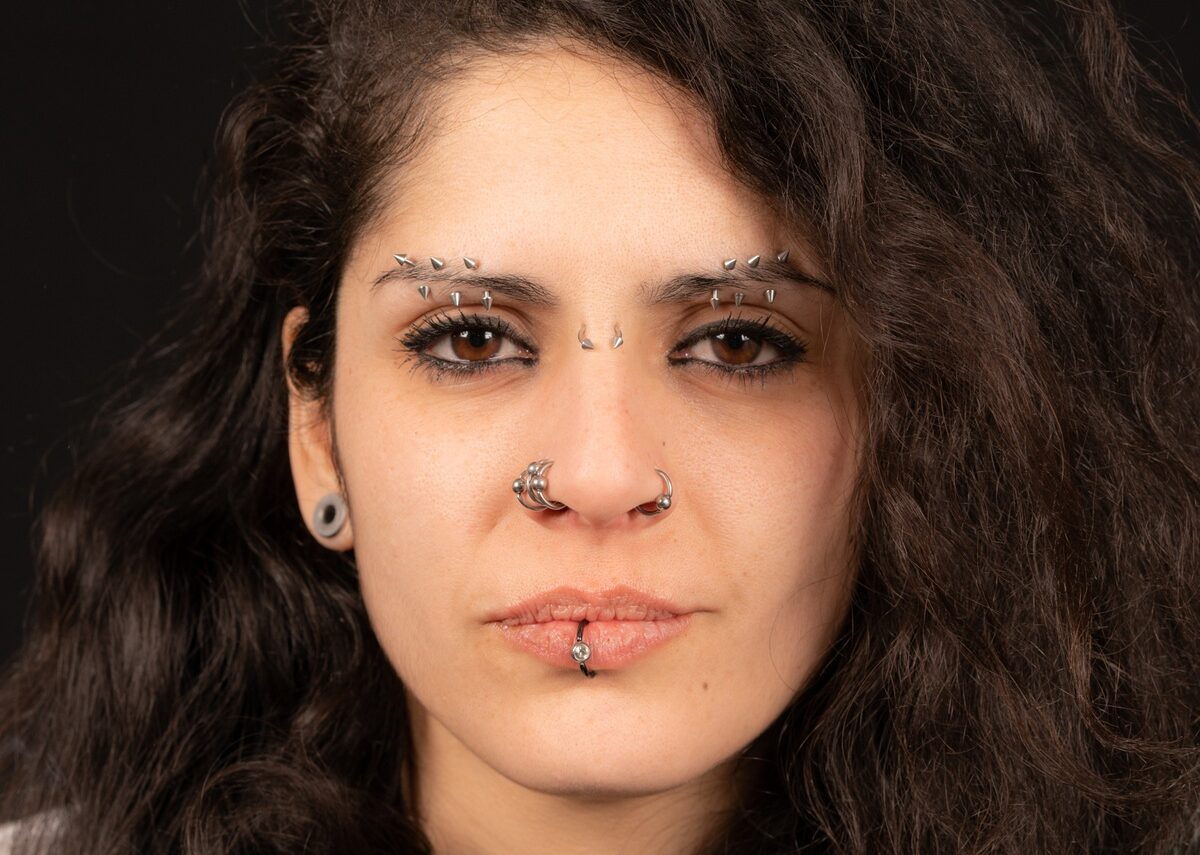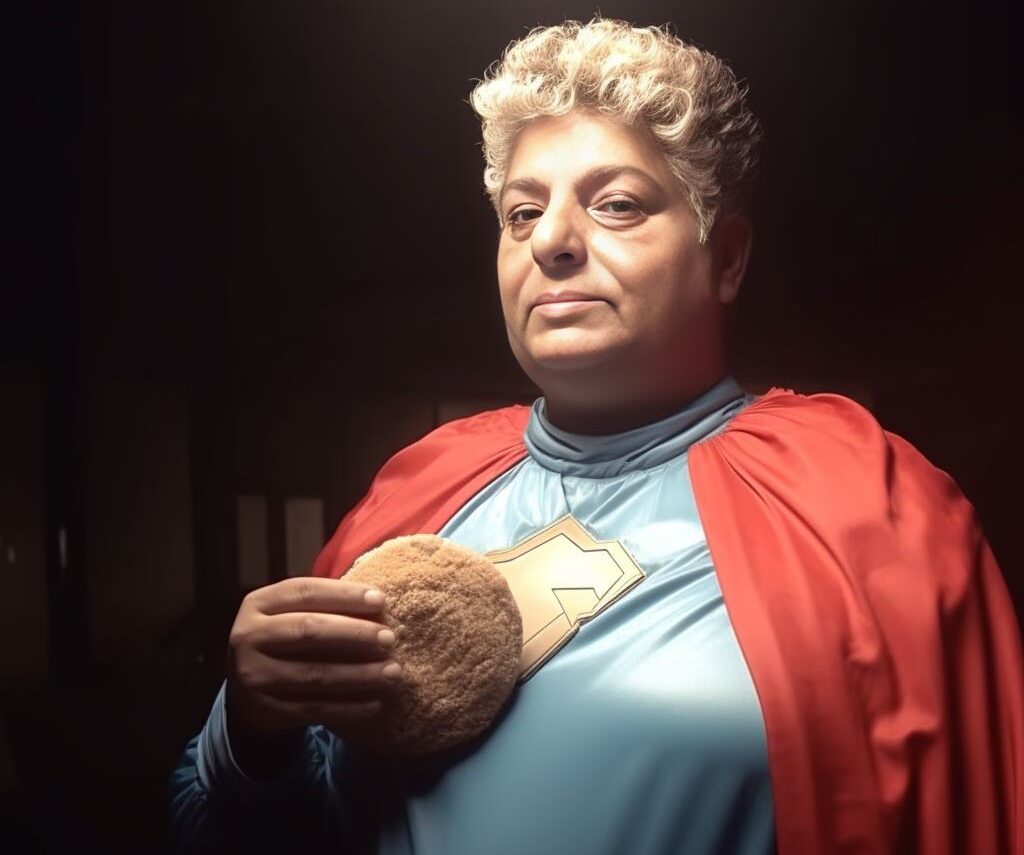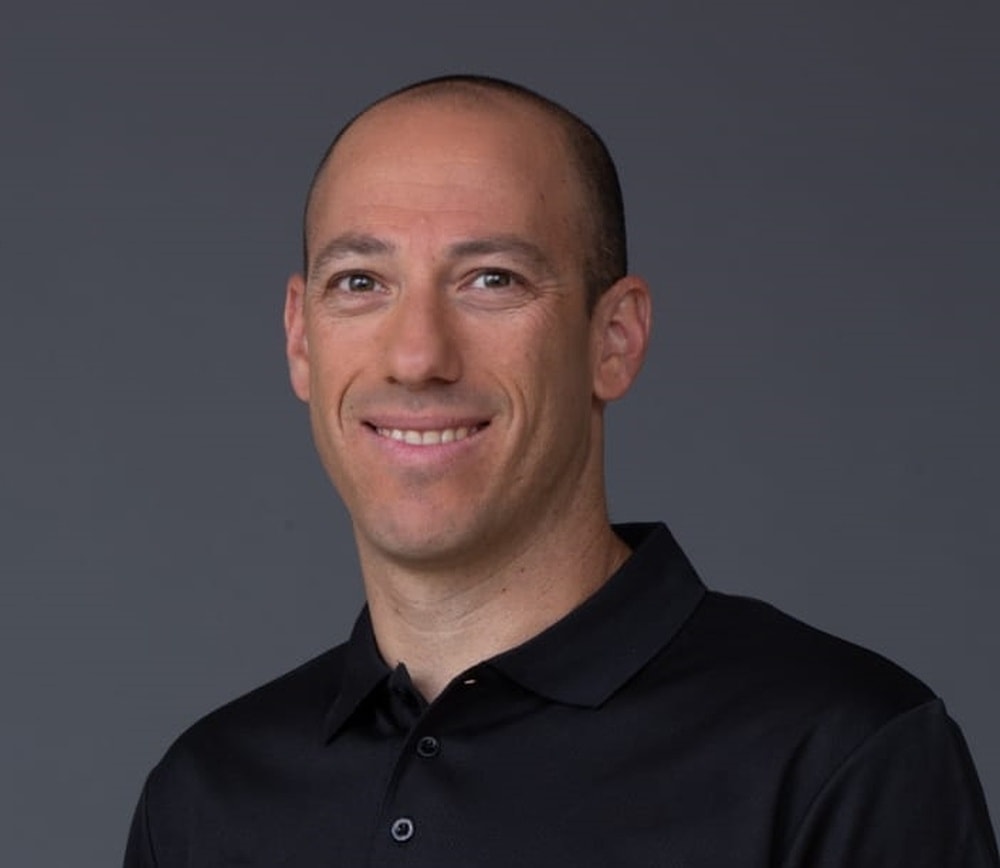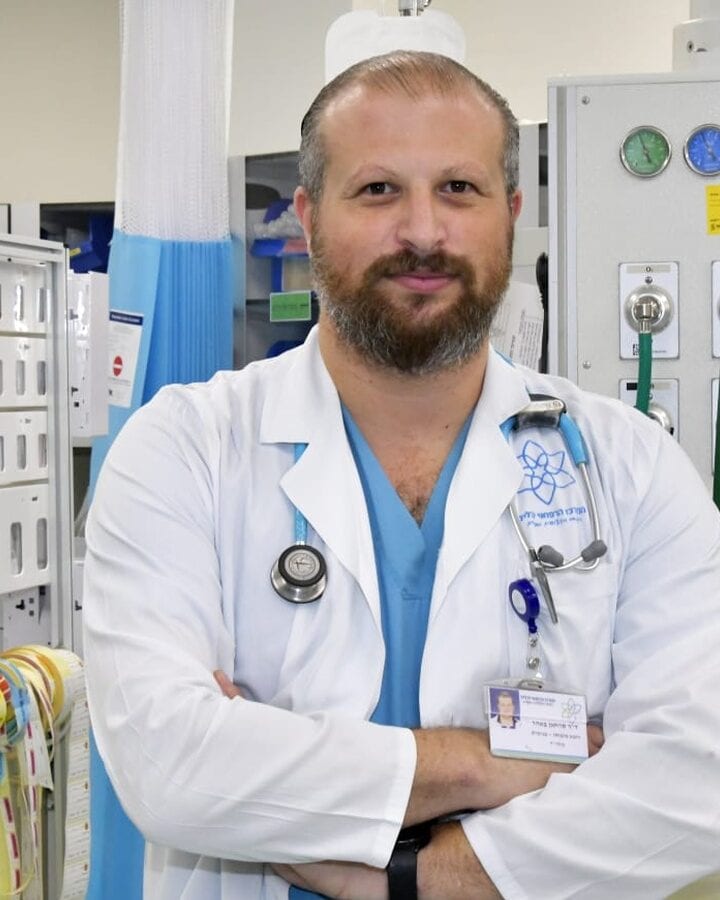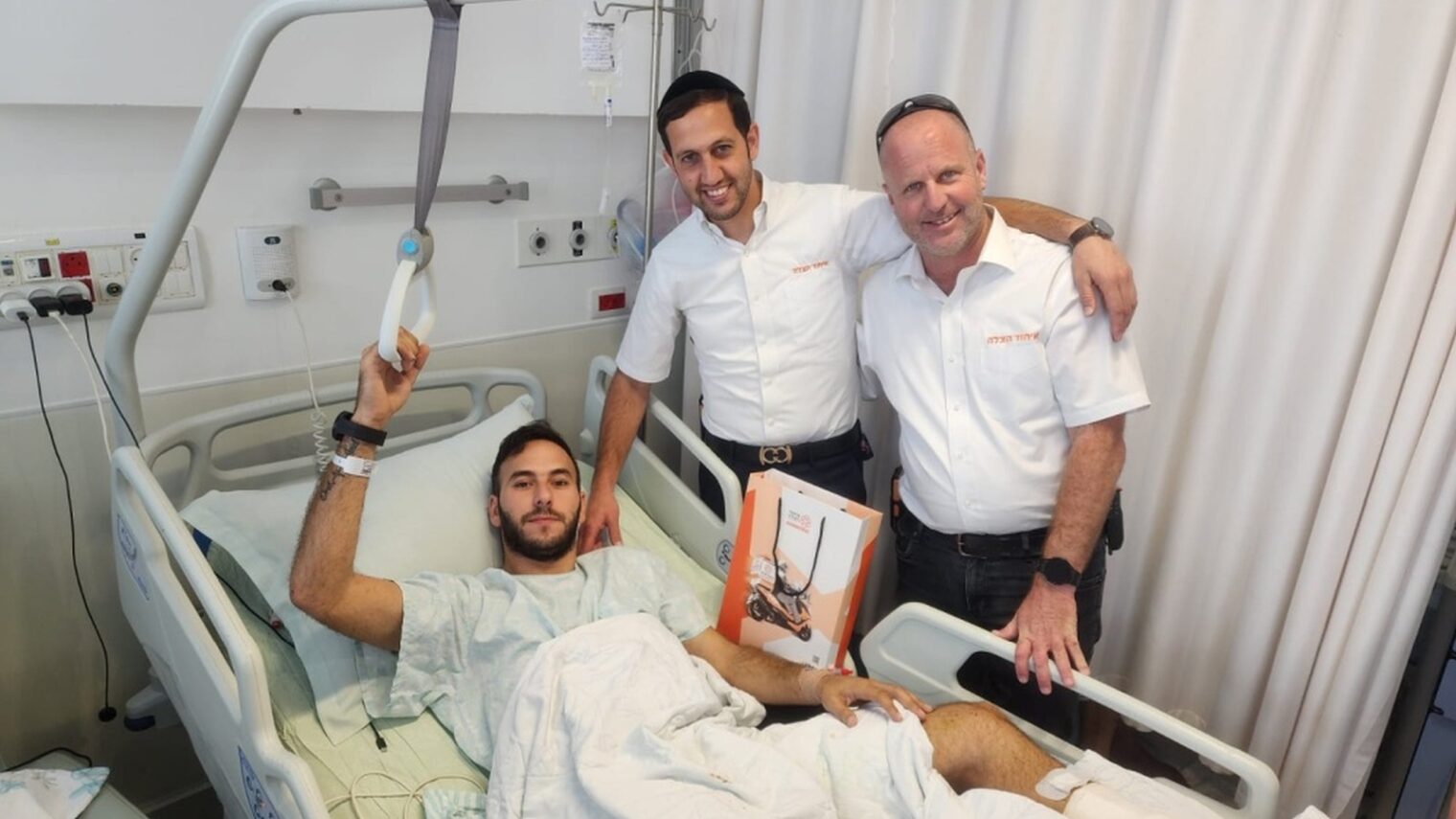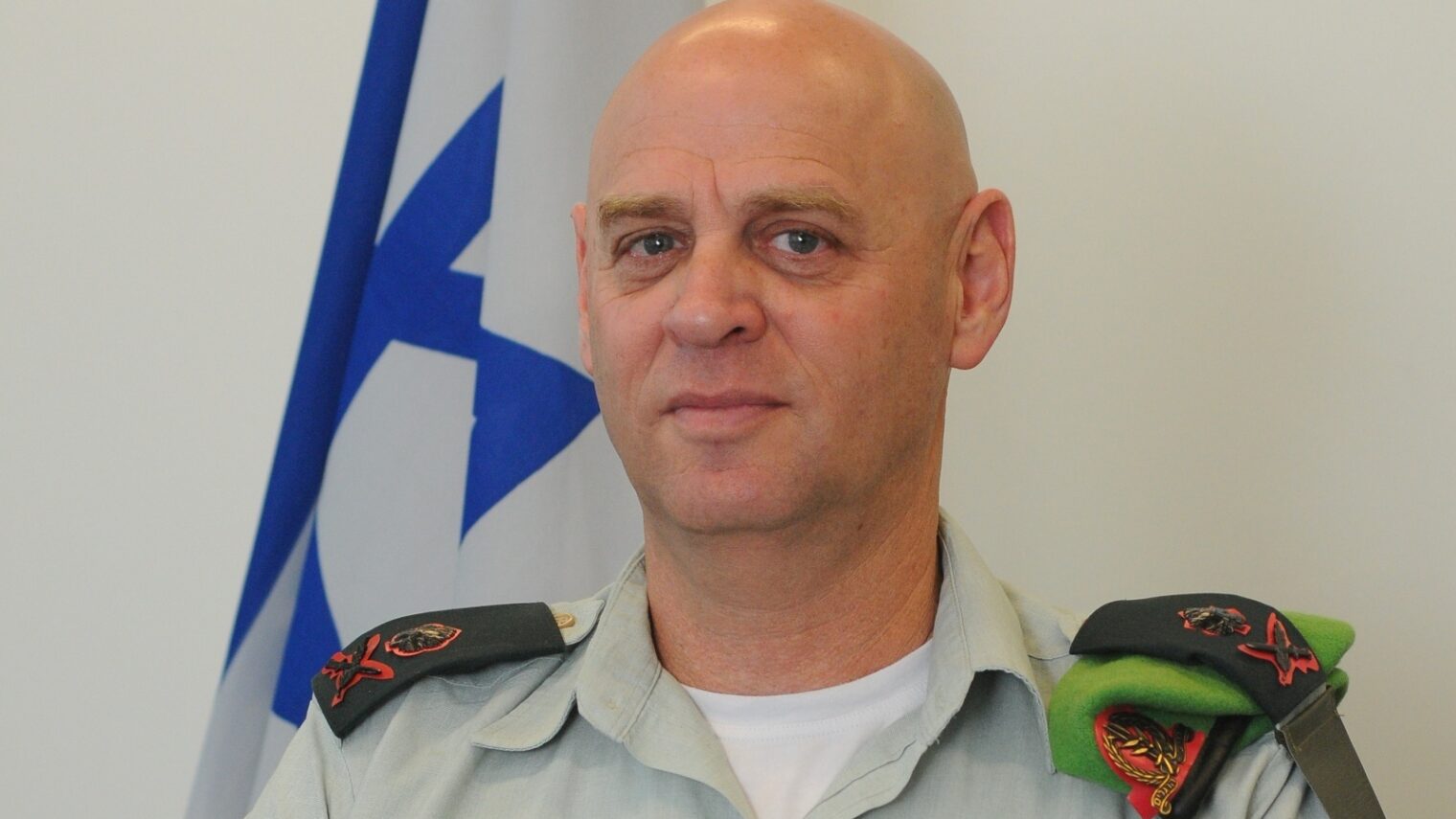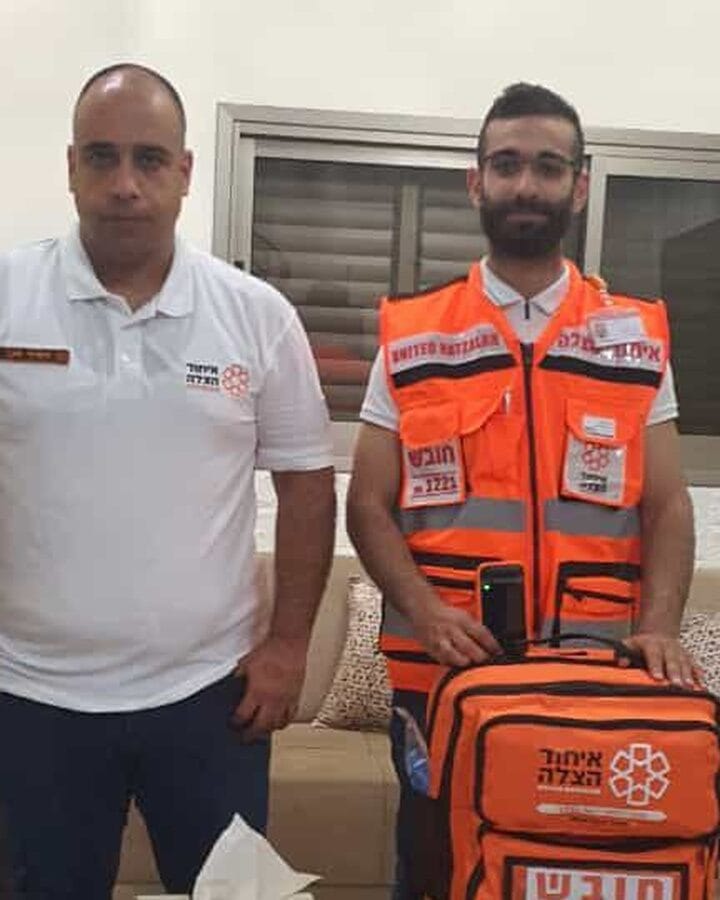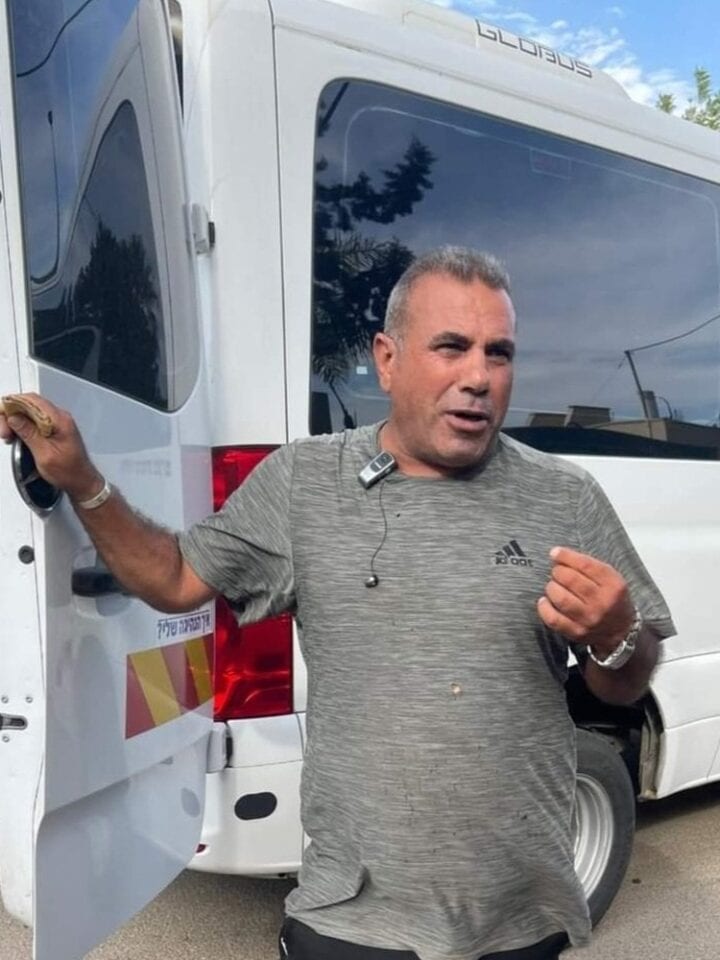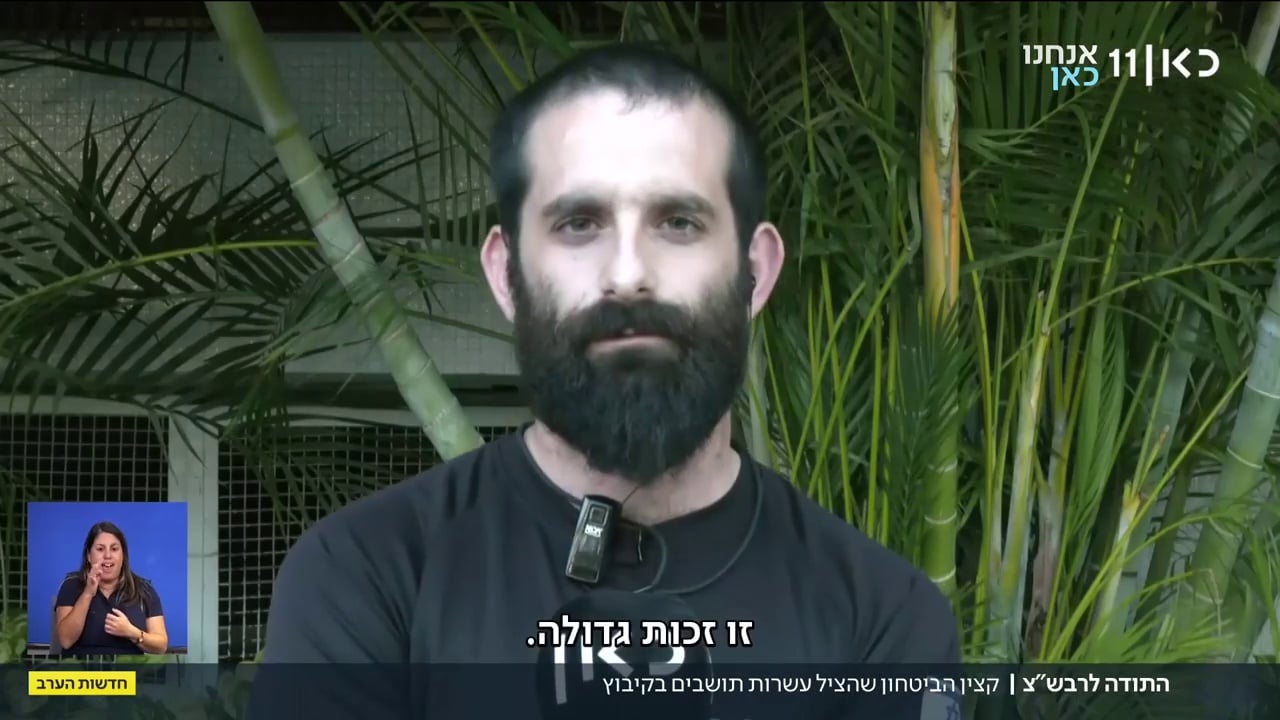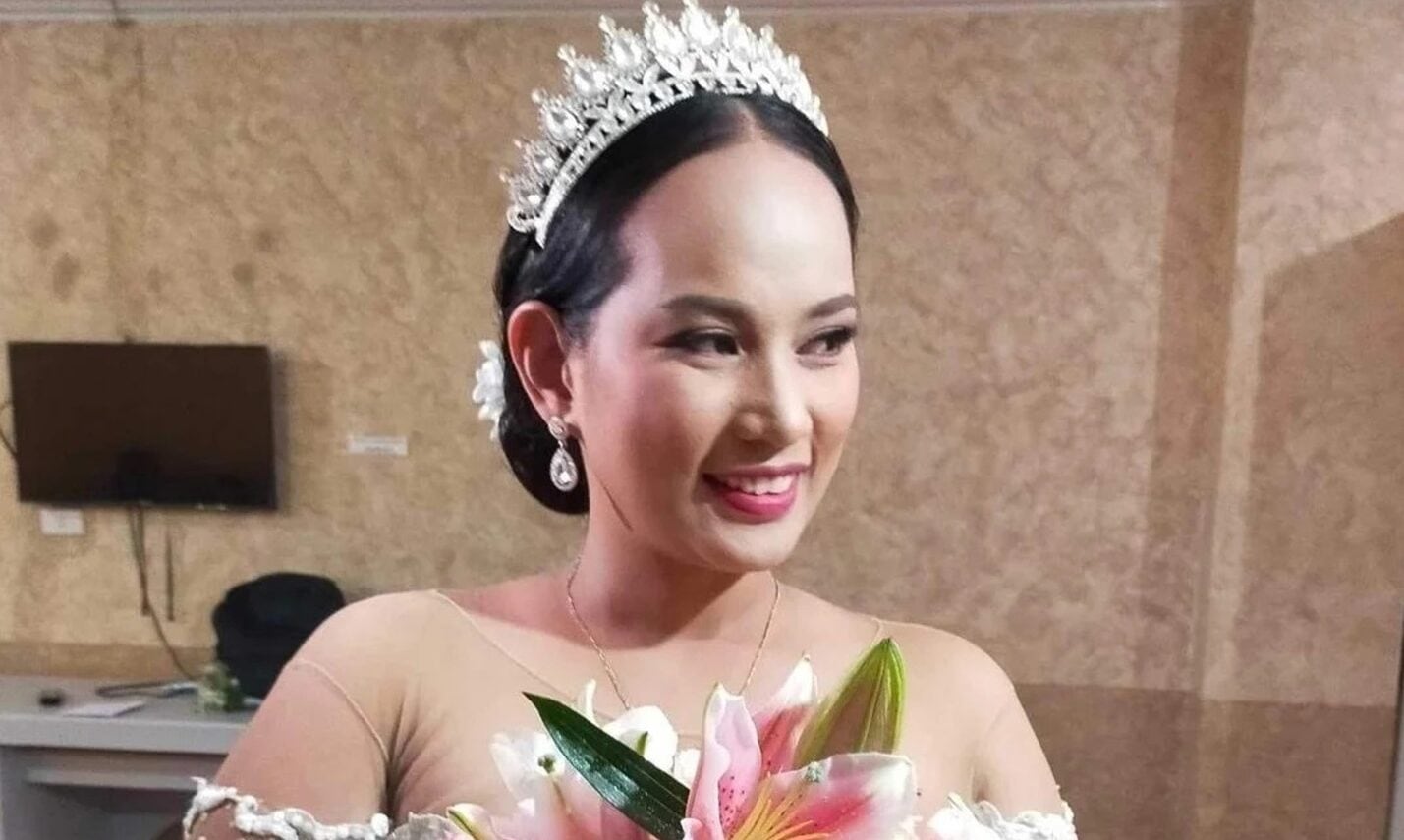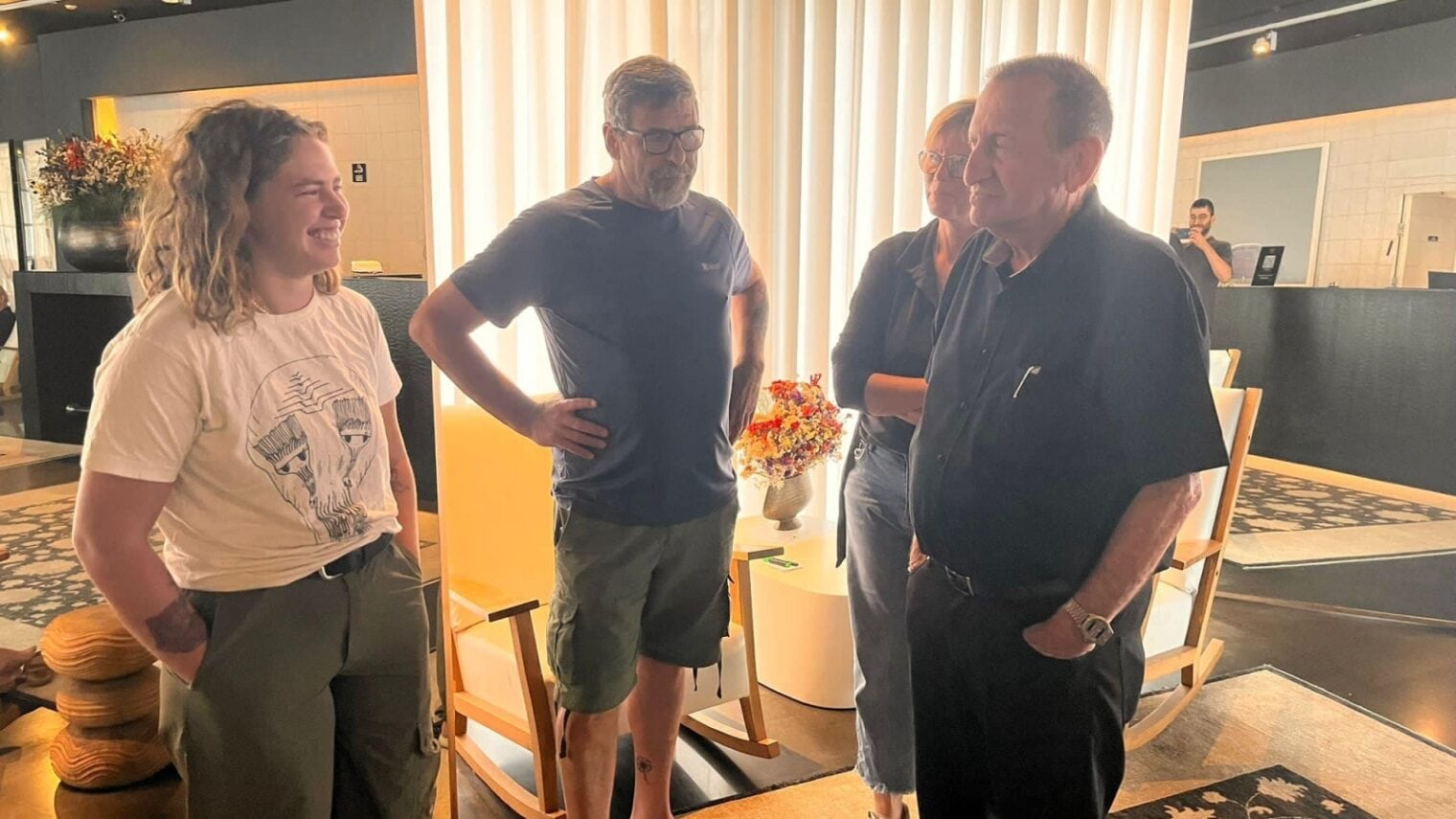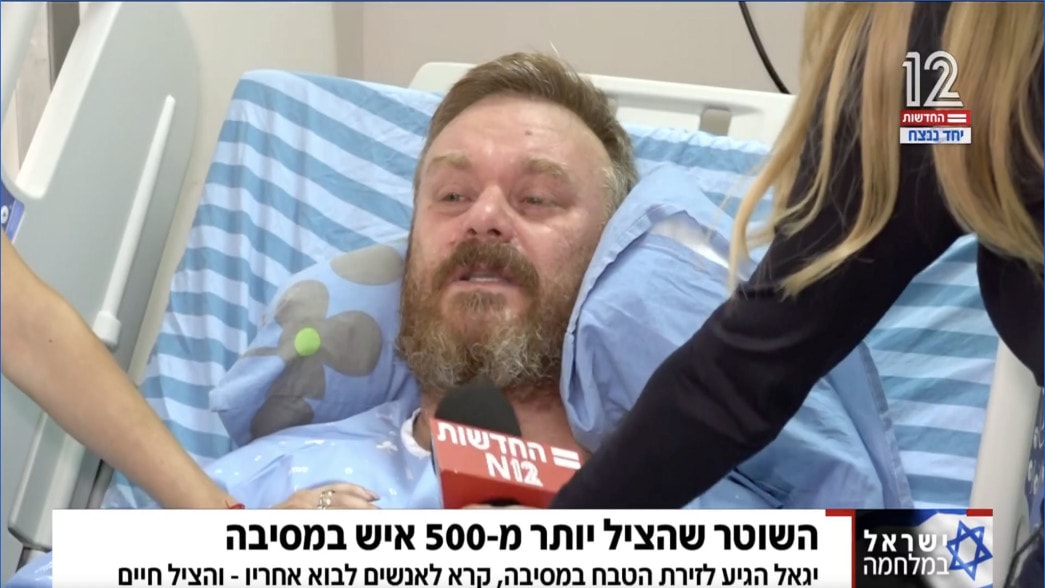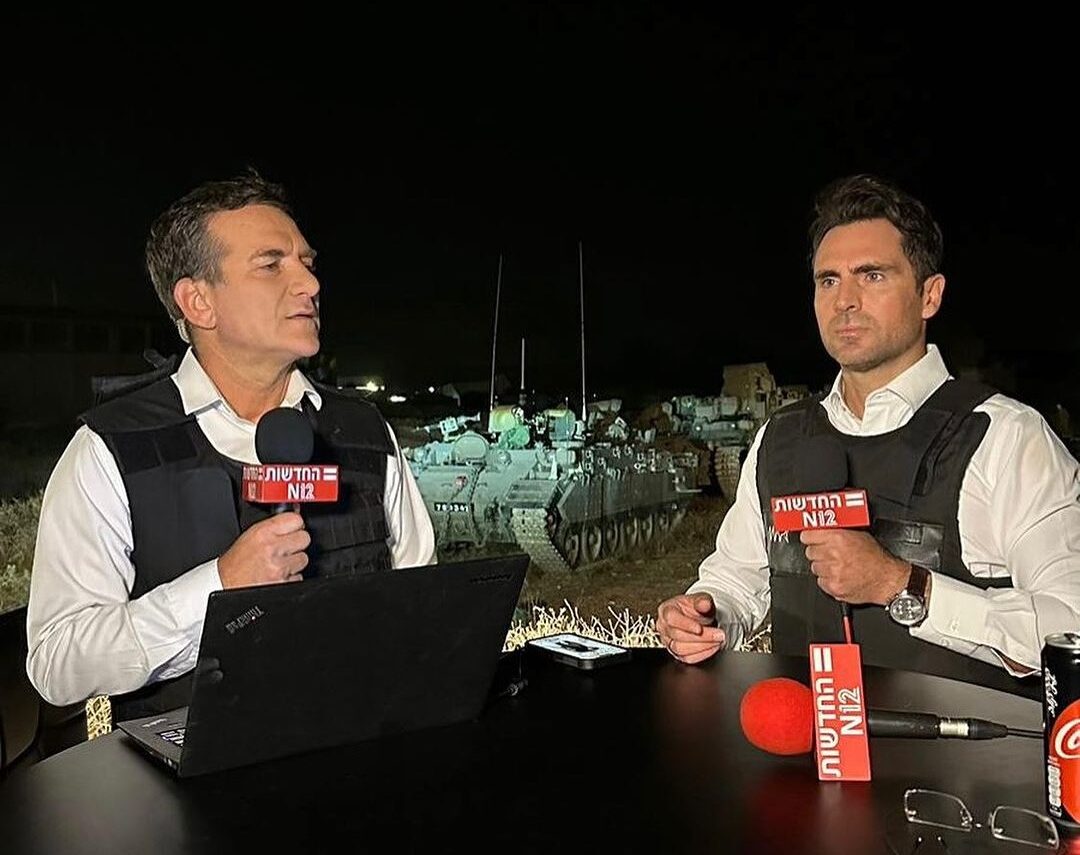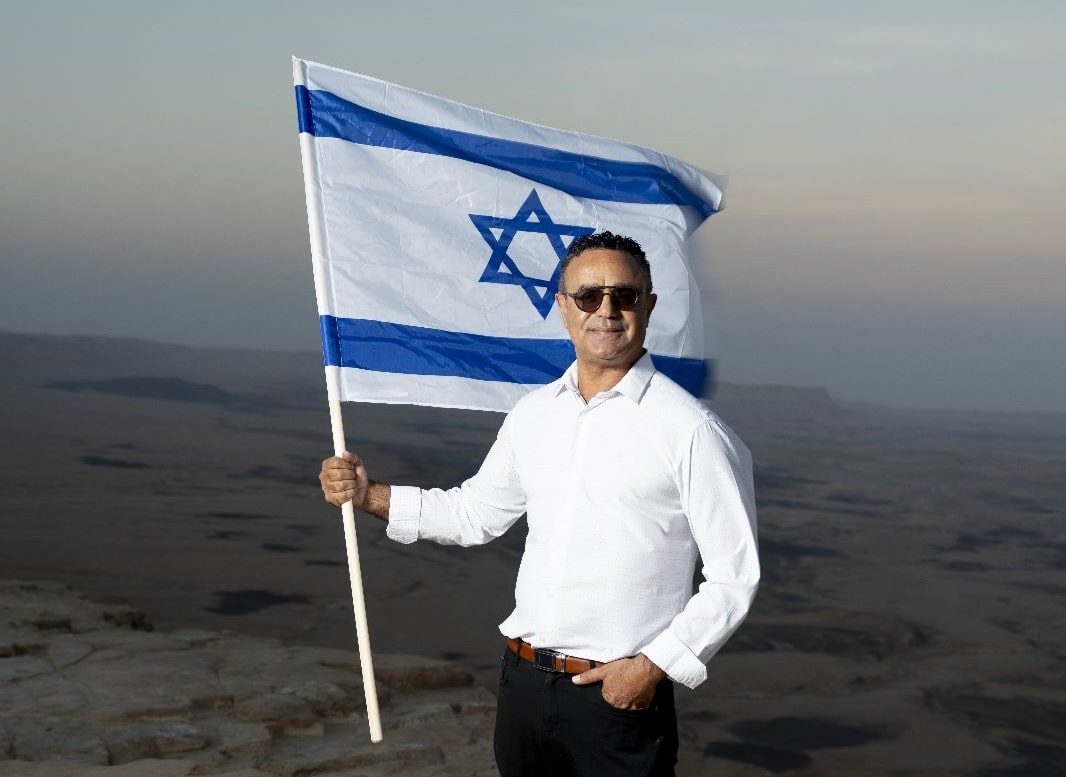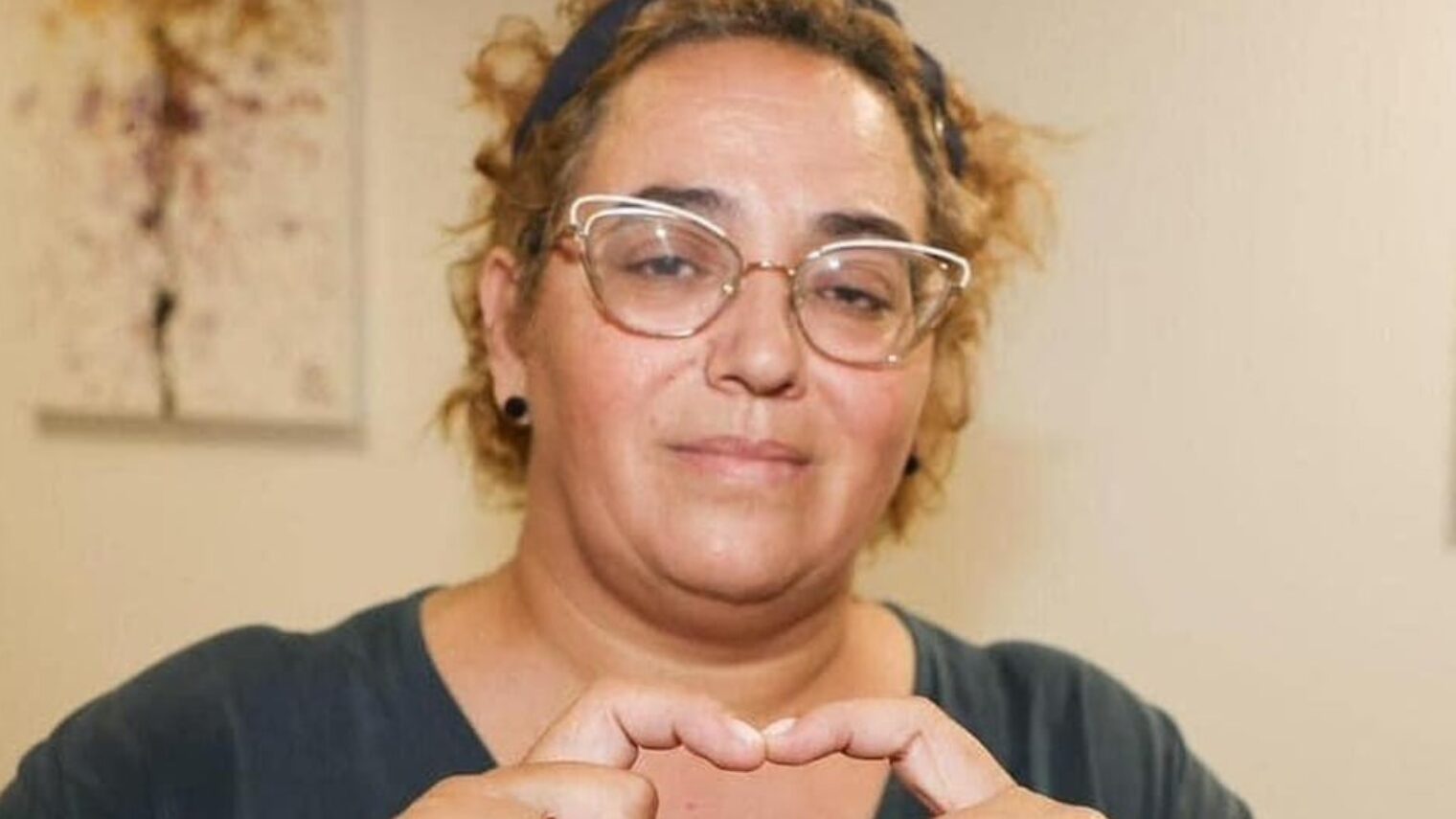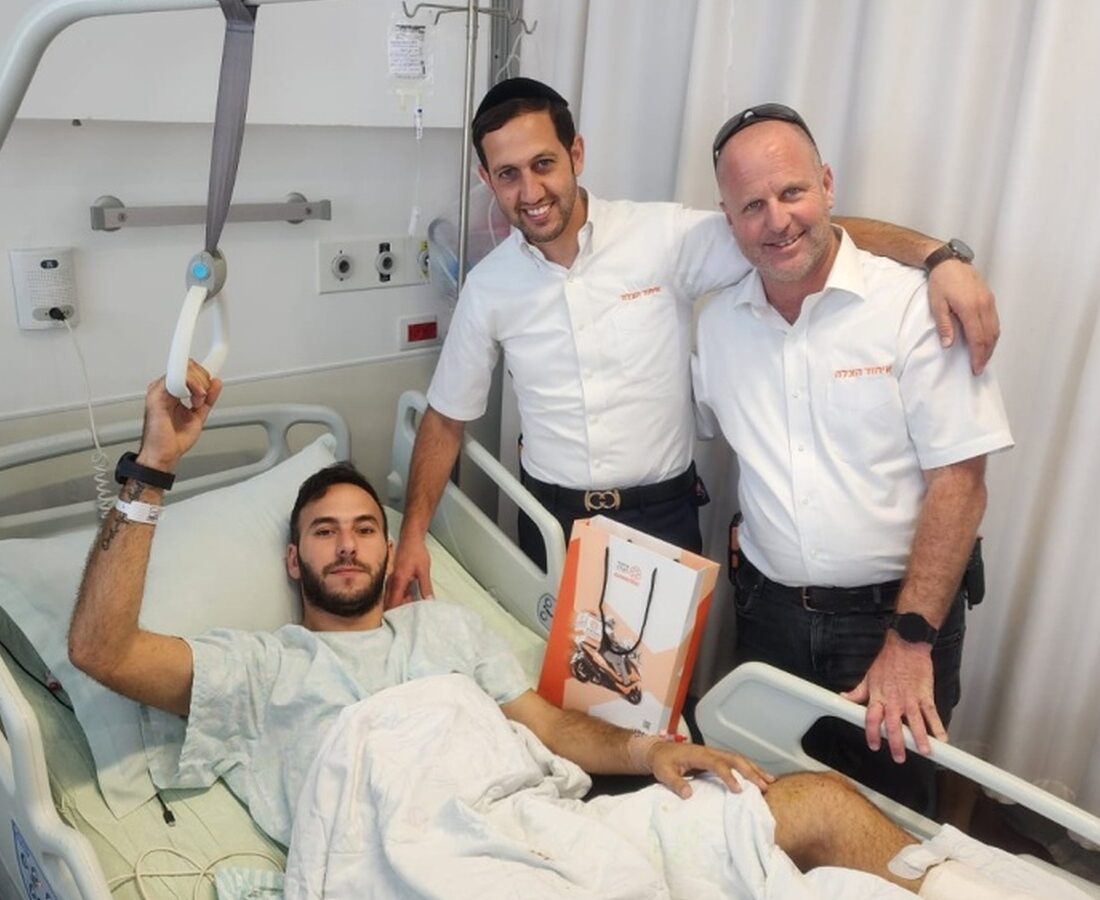United Hatzalah volunteer Moshe Weitzman from Ashdod was one of the first EMTs to respond to the Hamas massacres in southern Israel on October 7 and drove one of the first civilian ambulances into the area.
Five days later, he was injured when a rocket exploded right next to him.
From his hospital bed, he explained that he’d been visiting his parents in Bnei Brak, near Tel Aviv, when the war began.
“Early in the morning, there was a rocket siren in Bnei Brak. During every escalation in the south, I am among the first responders from our organization to go down to the Gaza periphery to reinforce our EMS response. I understood this was a serious escalation and called dispatch to see what was needed. They told me to go to Petah Tikvah to take an ambulance and start driving south.”
At 8:30am, Weitzman was flagged down by a civilian near Sderot, who led the EMT to a high-ranking officer shot in the leg. Weitzman applied a tourniquet and started transporting him to the hospital in Ashkelon. On the way, he encountered another United Hatzalah volunteer transporting a wounded person in his private vehicle.
“The other ambulance teams told me, ‘There are active shooters and gunfire there, don’t go in!’ I answered ‘I know, but I’m going in.’”
After delivering their patients, the second volunteer joined Weitzman on the ambulance. They returned to Sderot several times, transporting injured civilians and security personnel.
“In one instance, I had three patients in the ambulance, one with gunshot injuries in the head who was lying on the bed, and two others who had sustained gunshot wounds in the legs who were sitting on the bench of the ambulance. While I was driving, the second volunteer cared for the seriously injured patient, and the other patients had to help as well.”
On the way to the hospital, they handed off the patients to two intensive care ambulances at the Netivot intersection. Then they prepared to go back for more.
“The other ambulance teams told me, ‘There are active shooters and gunfire there, don’t go in!’ I answered ‘I know, but I’m going in. I’m saving lives and Jewish tradition teaches us that people who are busy with a positive commandment [mitzvah] do not get hurt. I’m going in.”
Under gunfire, Weitzman and his partner continued rescuing the dead and wounded from locations including the Supernova rave party. “It is difficult to even think again about the sights we saw there. The quantity of dead people. The abuse against the bodies. There was not much for us to do there. It was horrible,” he said.
From there, the volunteers were sent to Kibbutz Be’eri, site of a gruesome mass slaughter. “Altogether, until Sunday at 6:30pm when the medical officer told me there were no more terrorists in the kibbutz, over 80 wounded IDF fighters passed through my hands with various degrees of injury including some who had to be pronounced dead.”
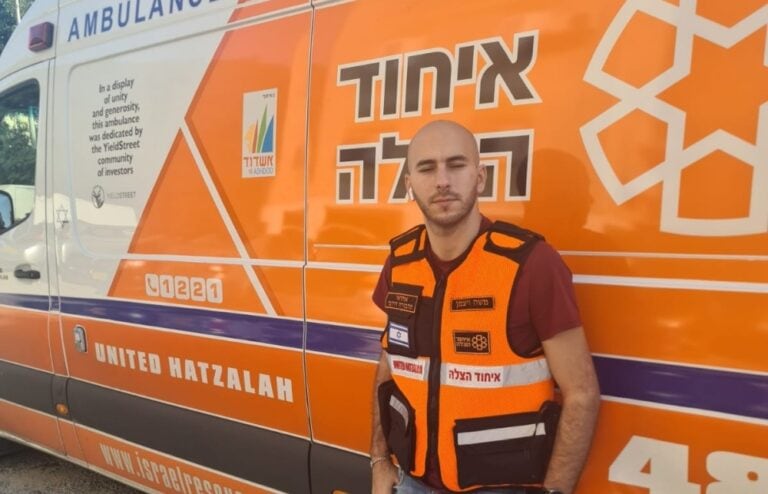
The next day, Weitzman sought emotional support from United Hatzalah’s Psychotrauma and Crisis Response Unit. But his ordeal wasn’t over.
After a few days’ respite, Weitzman went back to Sderot to help a family member. Unable to get to a shelter from an incoming missile, he was struck by shrapnel in his leg and shoulder. Following surgery at Barzilai, he’ll need six months of rehabilitation.
“If I hadn’t been lying on the ground with my hands on my head, I would be dead right now,” he said.




